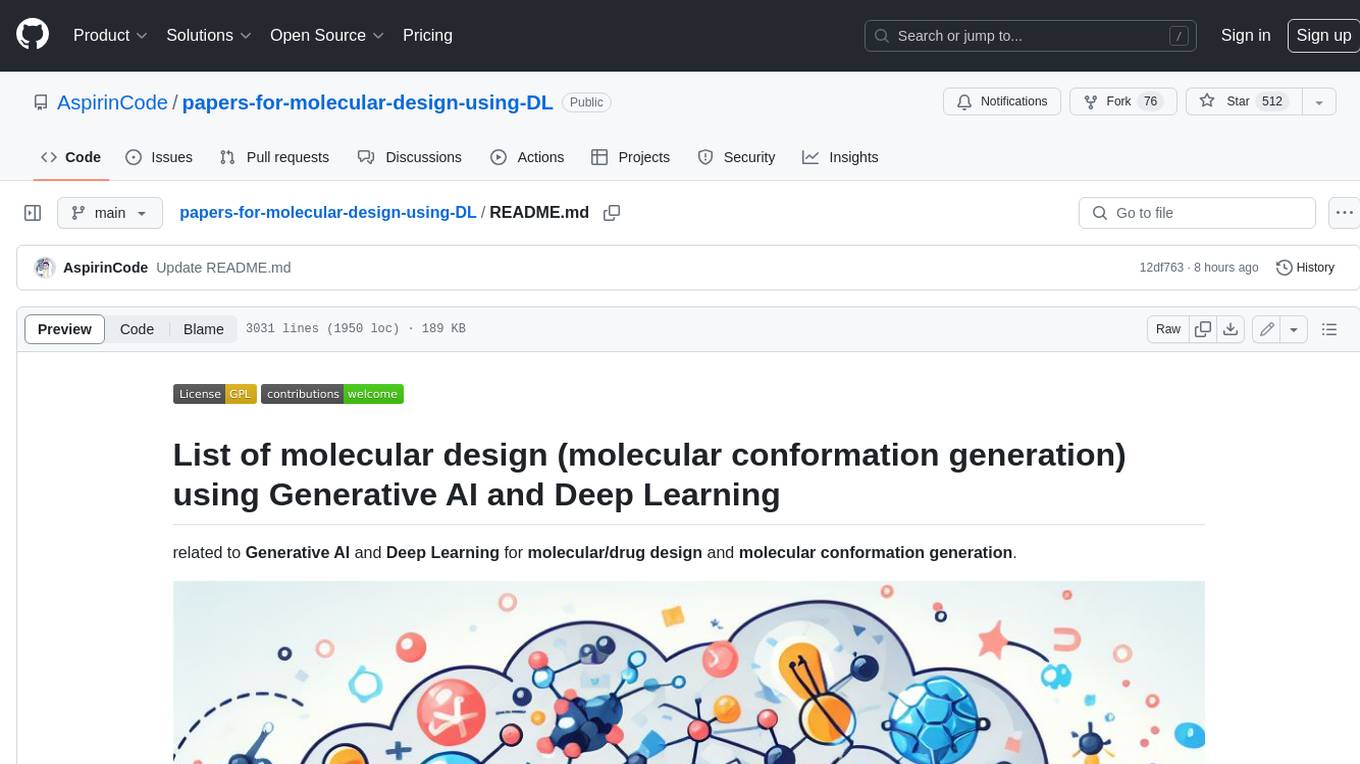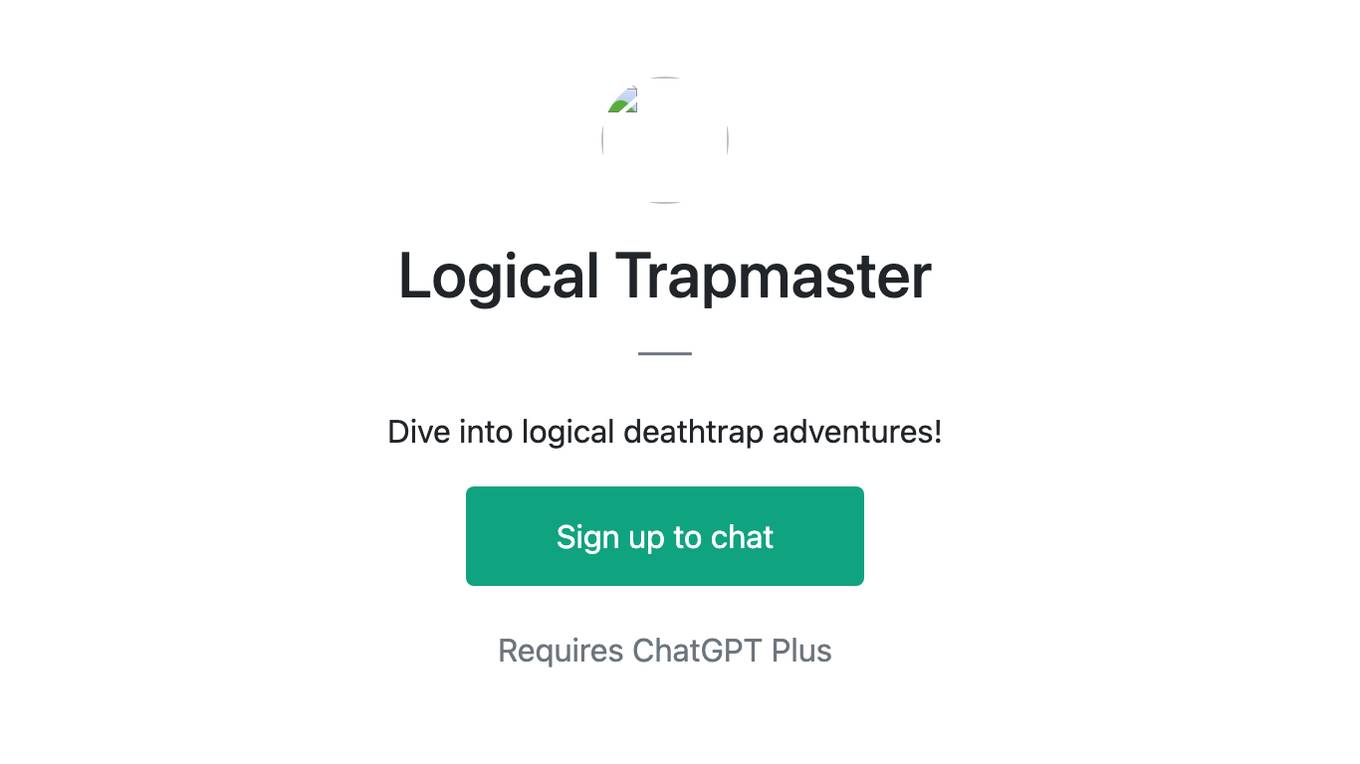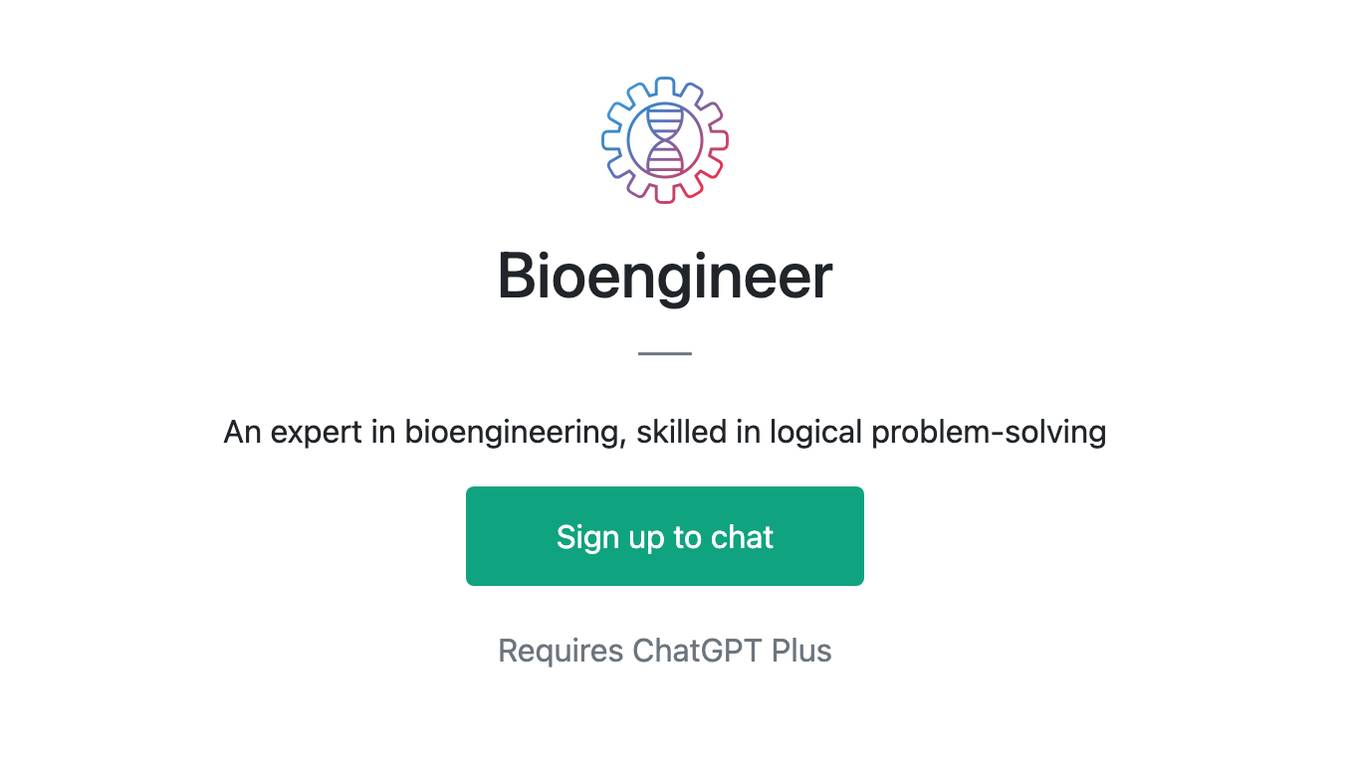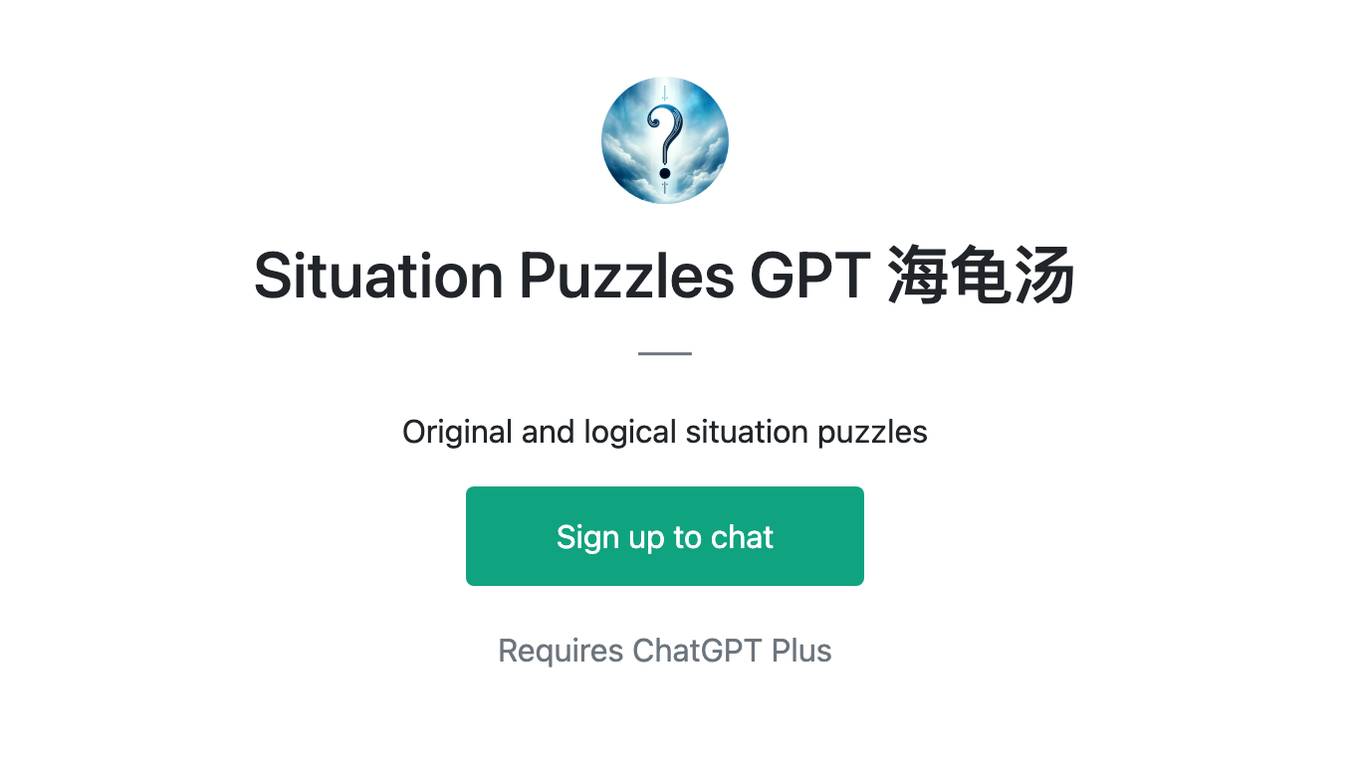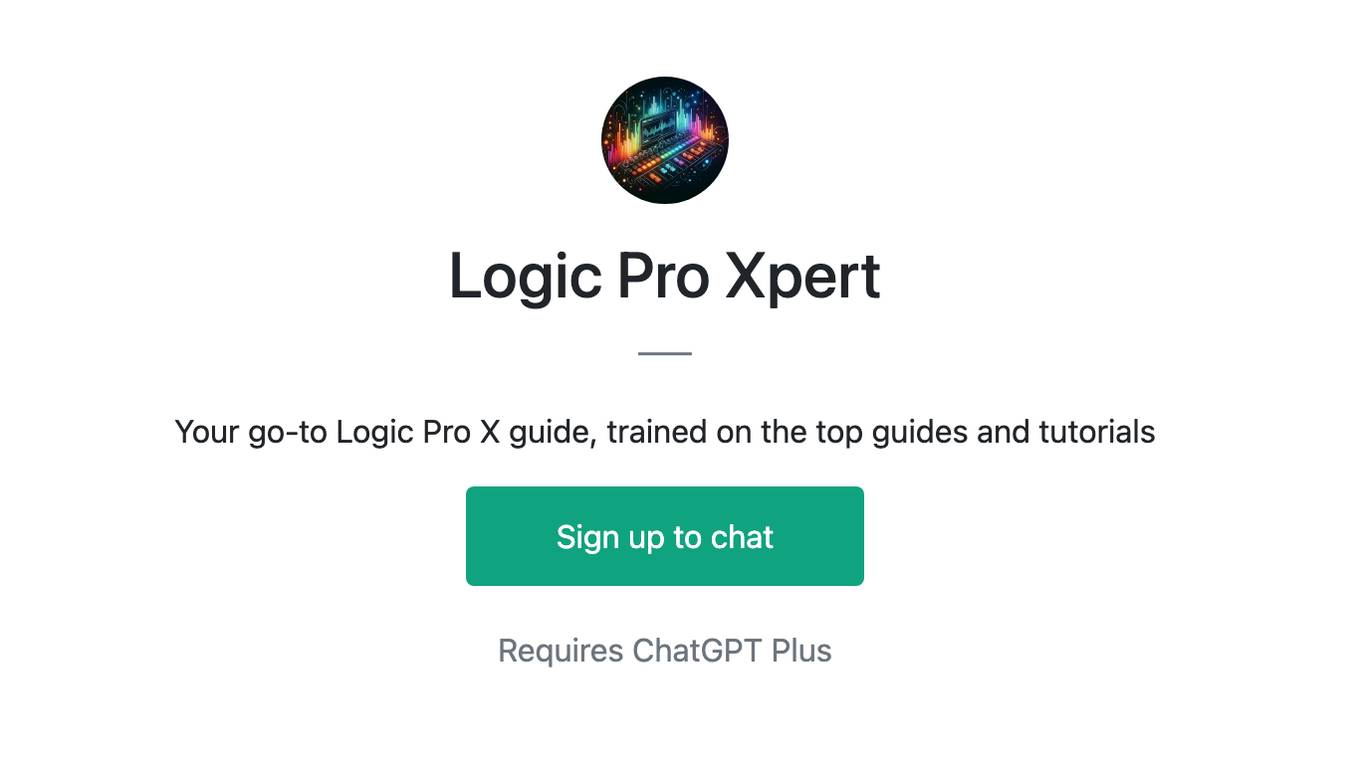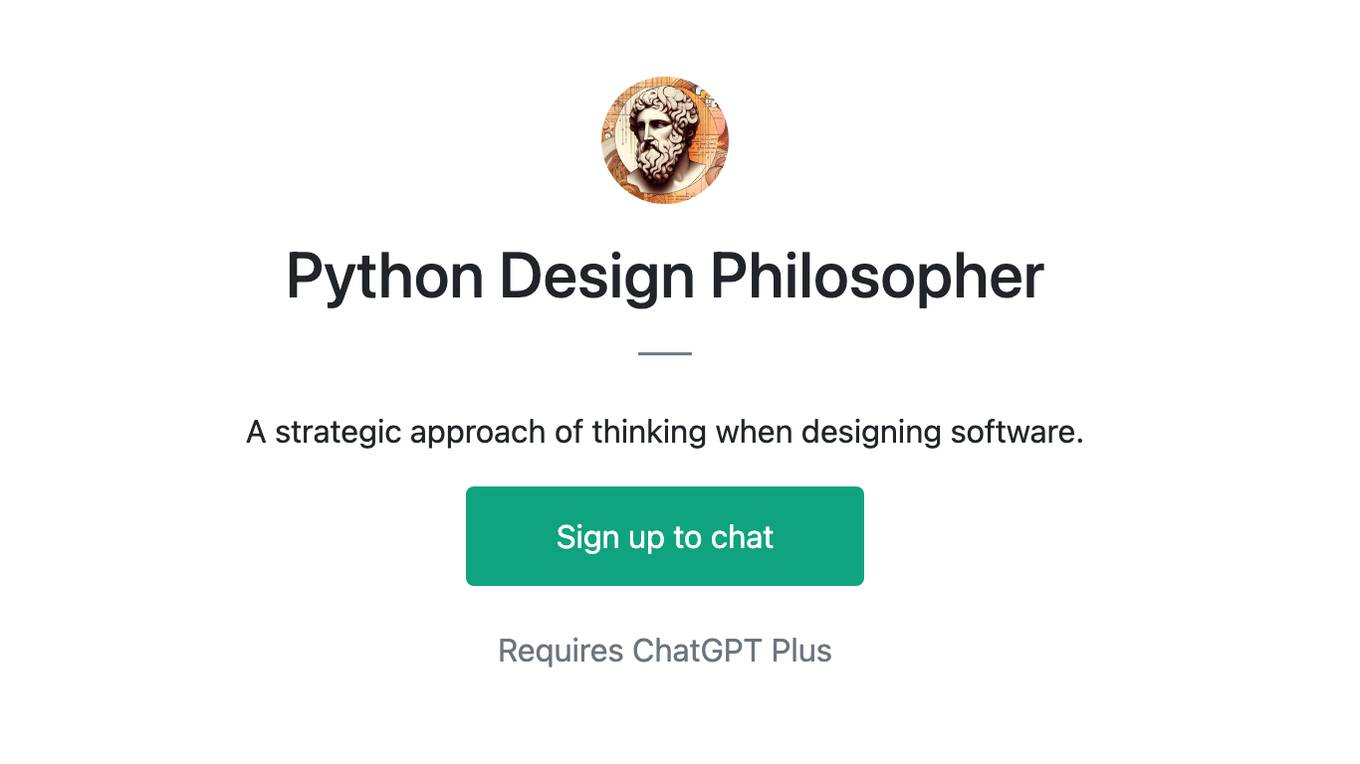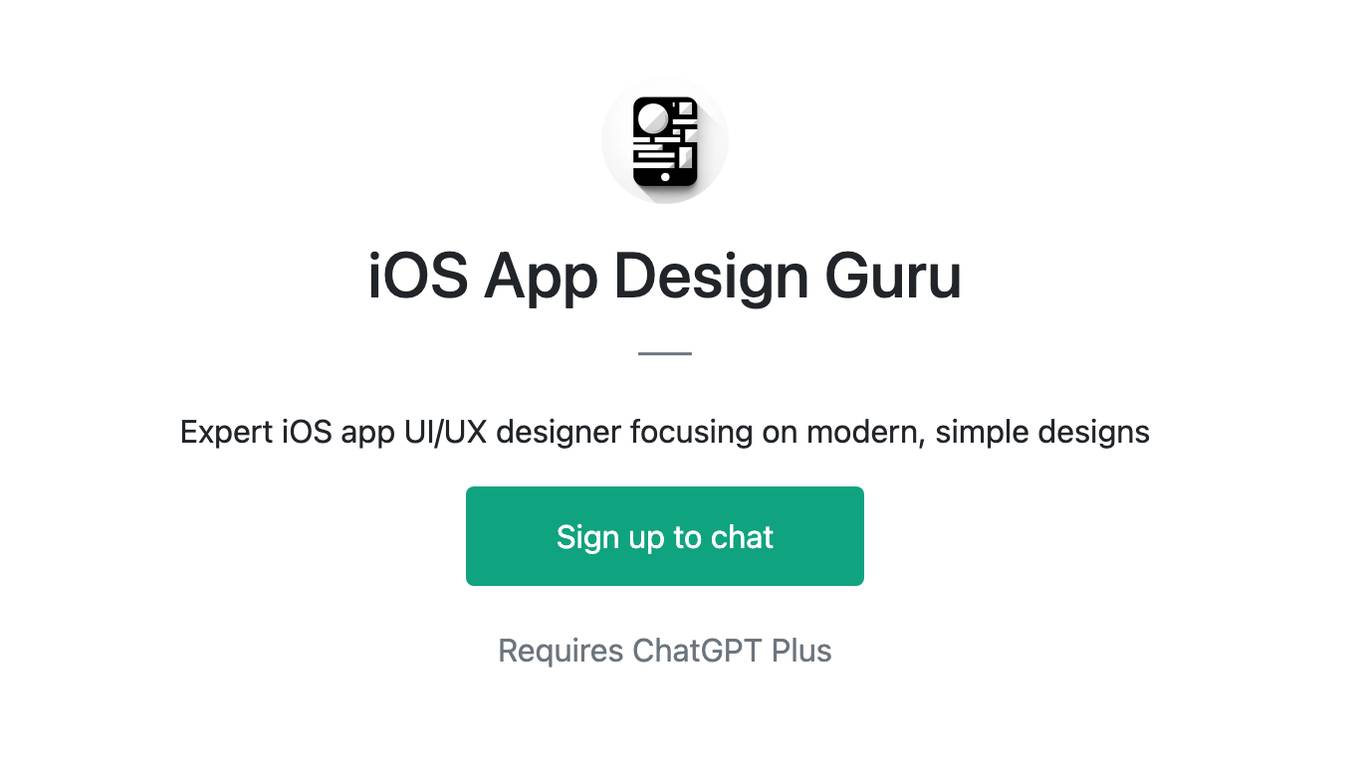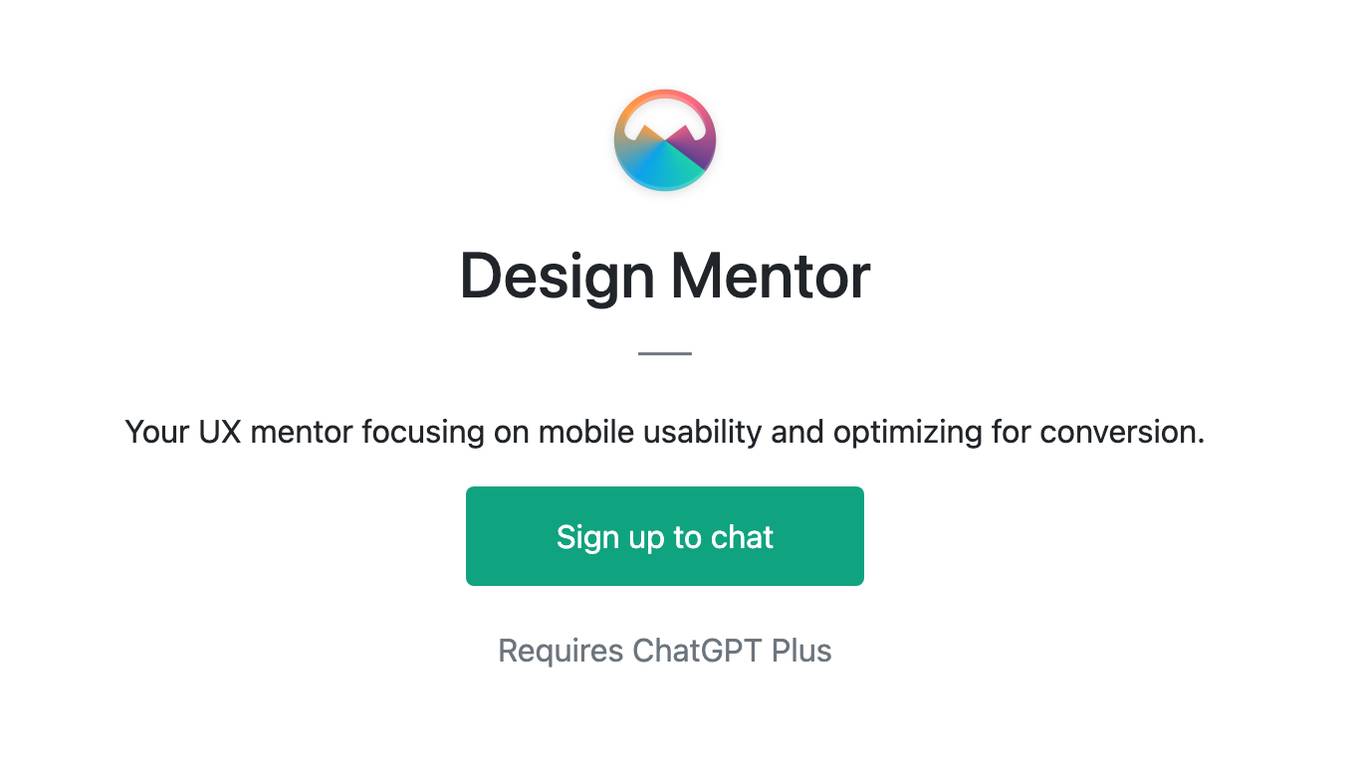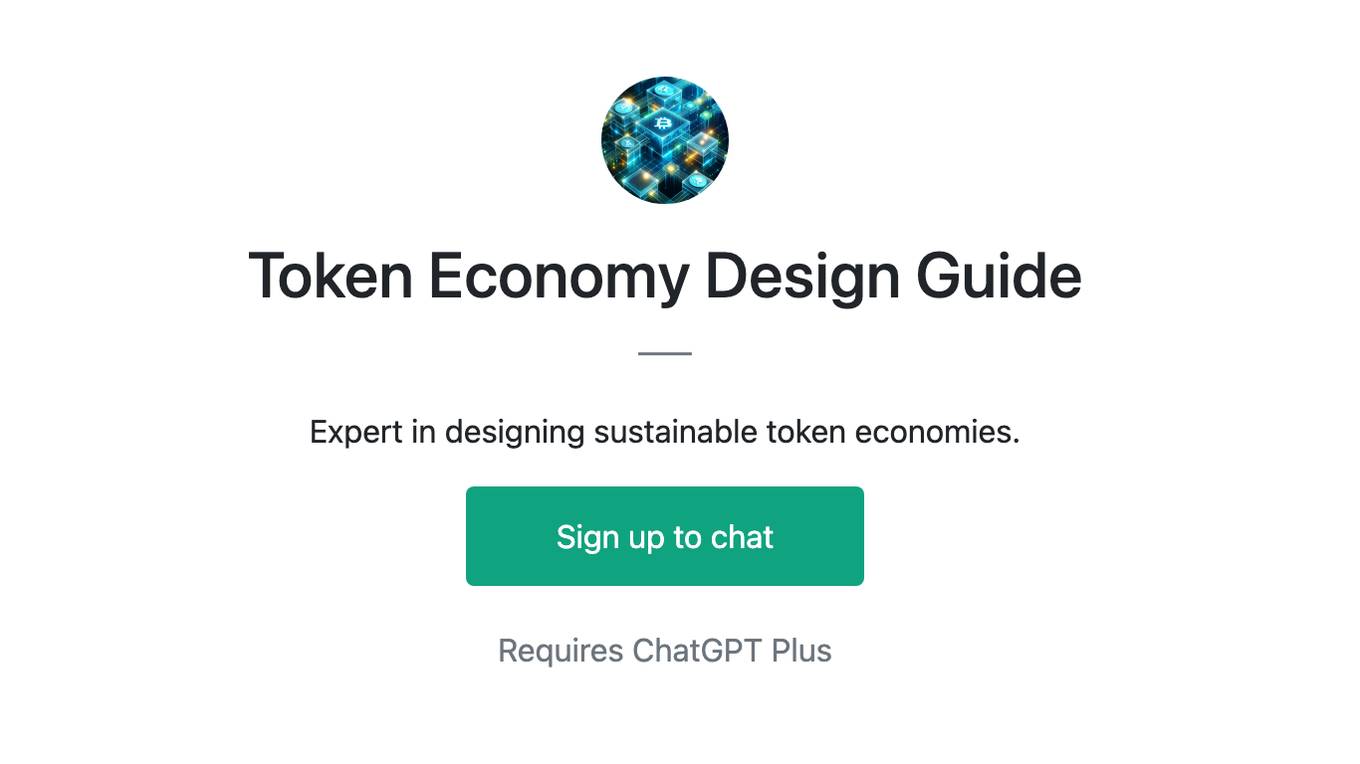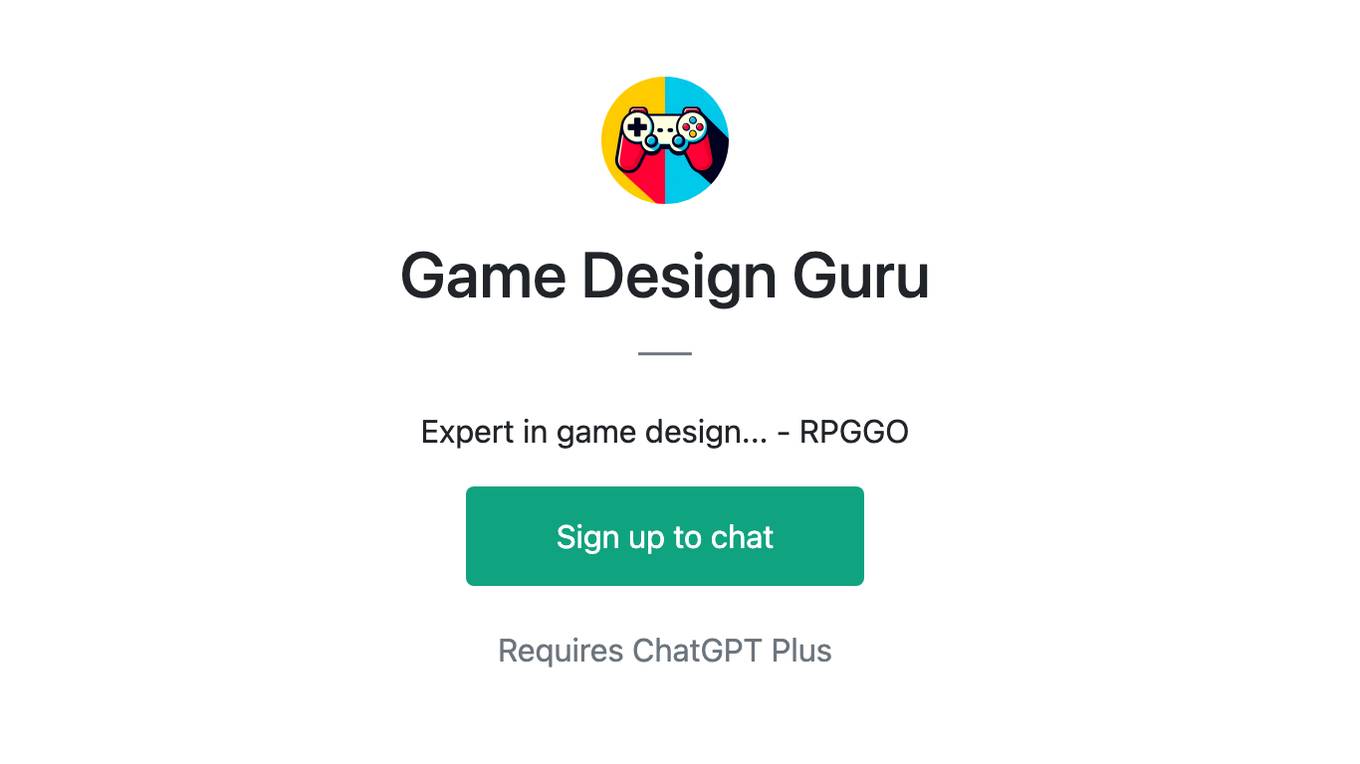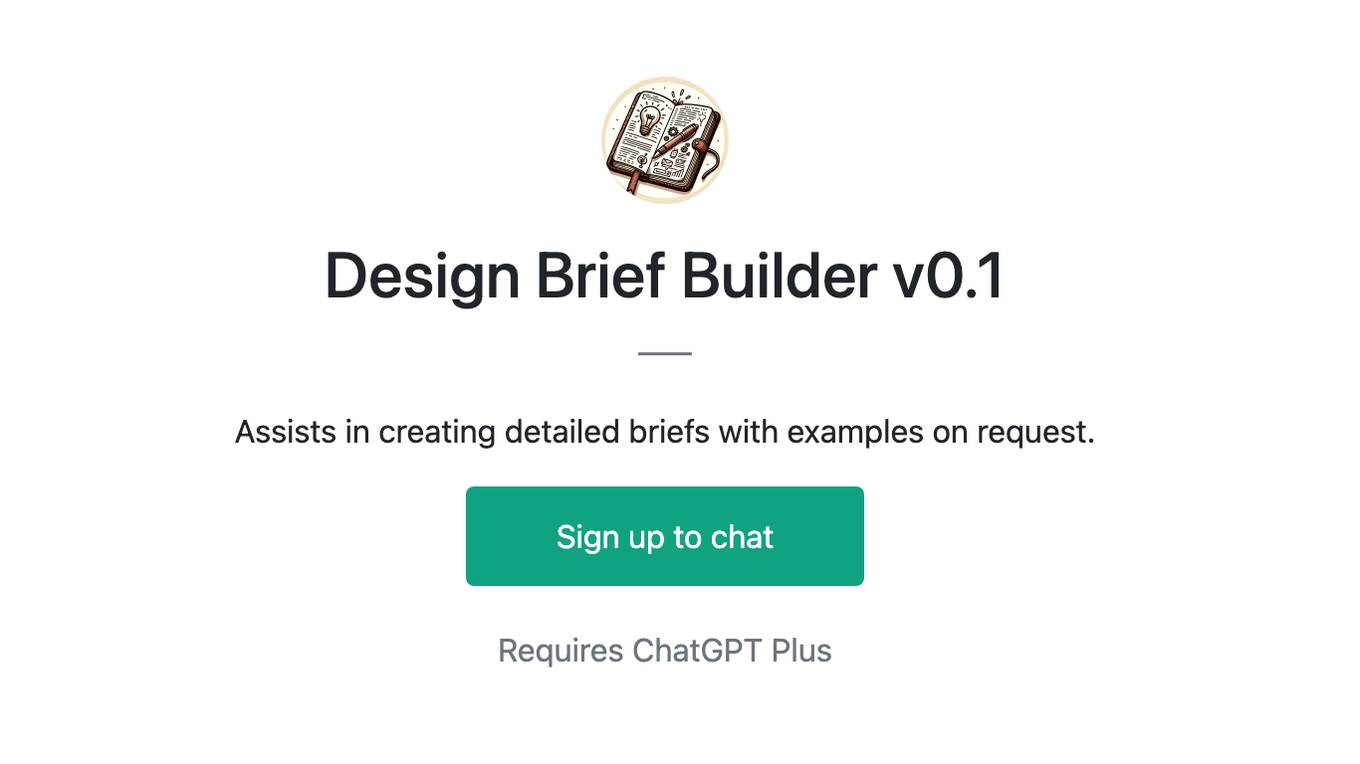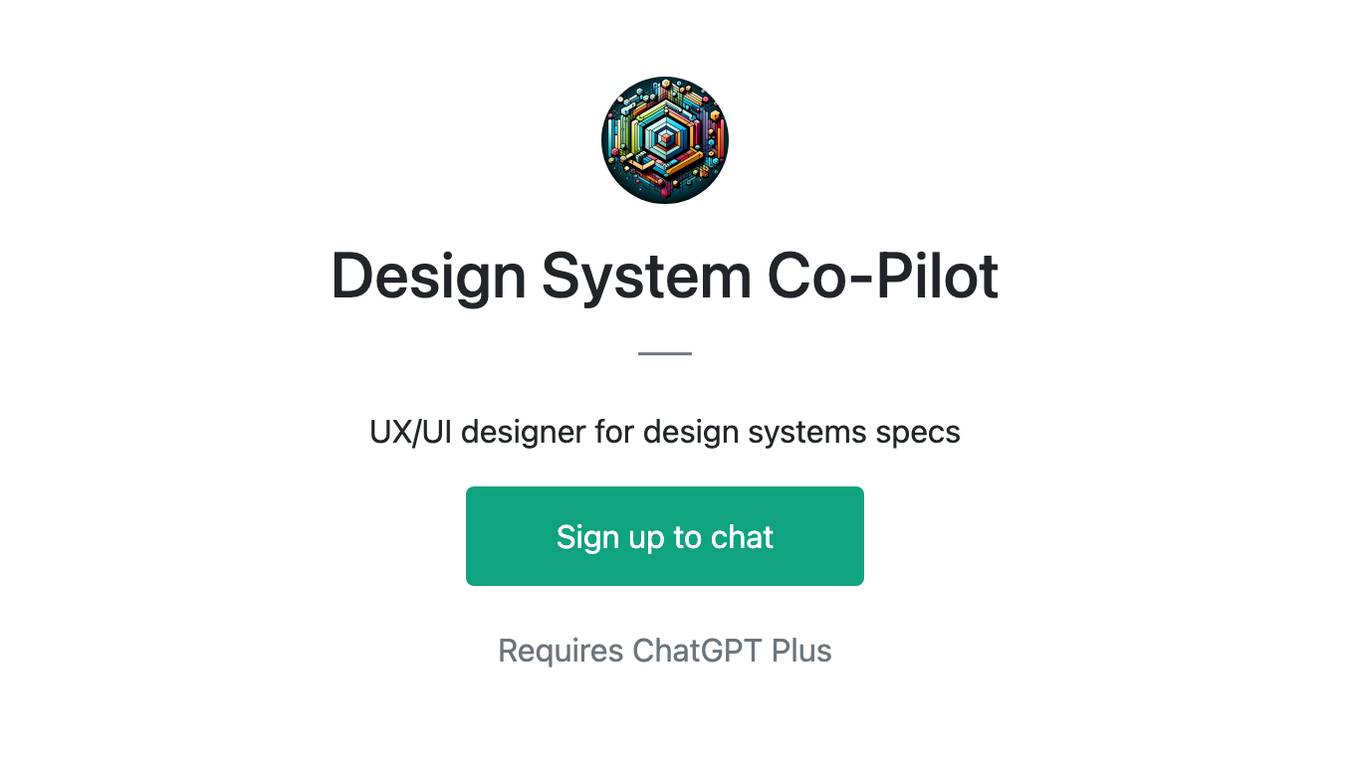Best AI tools for< Design Logic >
20 - AI tool Sites
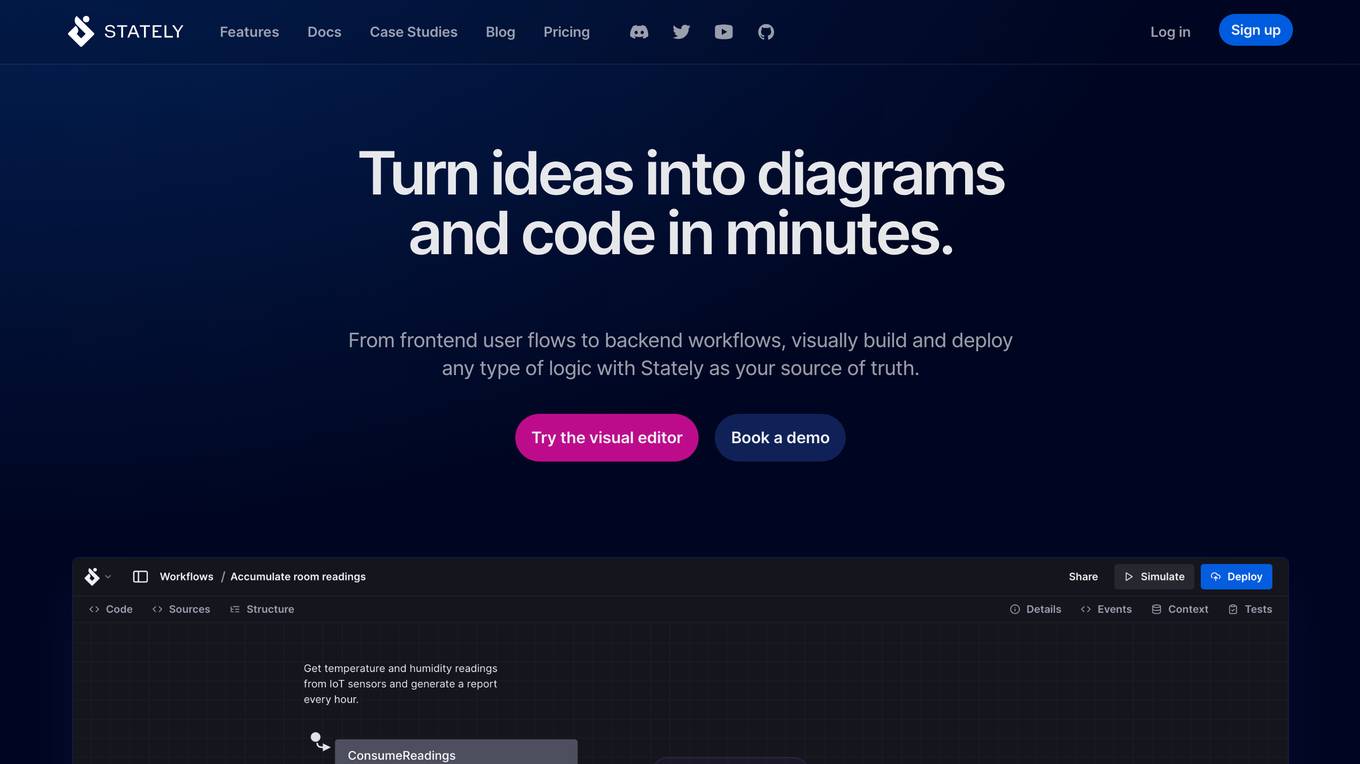
Stately
Stately is a visual logic builder that enables users to create complex logic diagrams and code in minutes. It provides a drag-and-drop editor that brings together contributors of all backgrounds, allowing them to collaborate on code, diagrams, documentation, and test generation in one place. Stately also integrates with AI to assist in each phase of the development process, from scaffolding behavior and suggesting variants to turning up edge cases and even writing code. Additionally, Stately offers bidirectional updates between code and visualization, allowing users to use the tools that make them most productive. It also provides integrations with popular frameworks such as React, Vue, and Svelte, and supports event-driven programming, state machines, statecharts, and the actor model for handling even the most complex logic in predictable, robust, and visual ways.
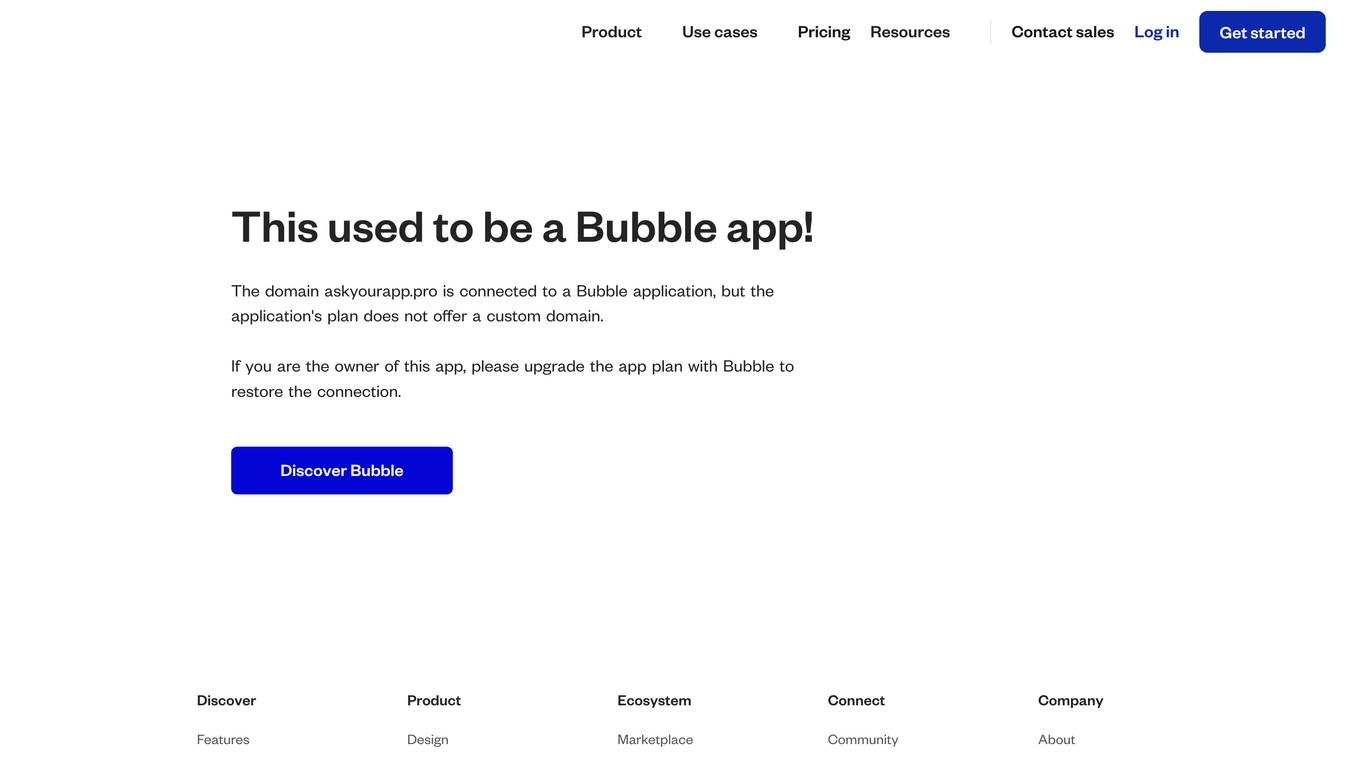
Bubble
Bubble is a visual programming platform that allows users to create web applications without needing to write code. It offers a range of features such as data management, logic creation, collaboration tools, integrations, and security measures. Bubble empowers users to design and build custom web applications through a user-friendly interface, making it accessible to both beginners and experienced developers.
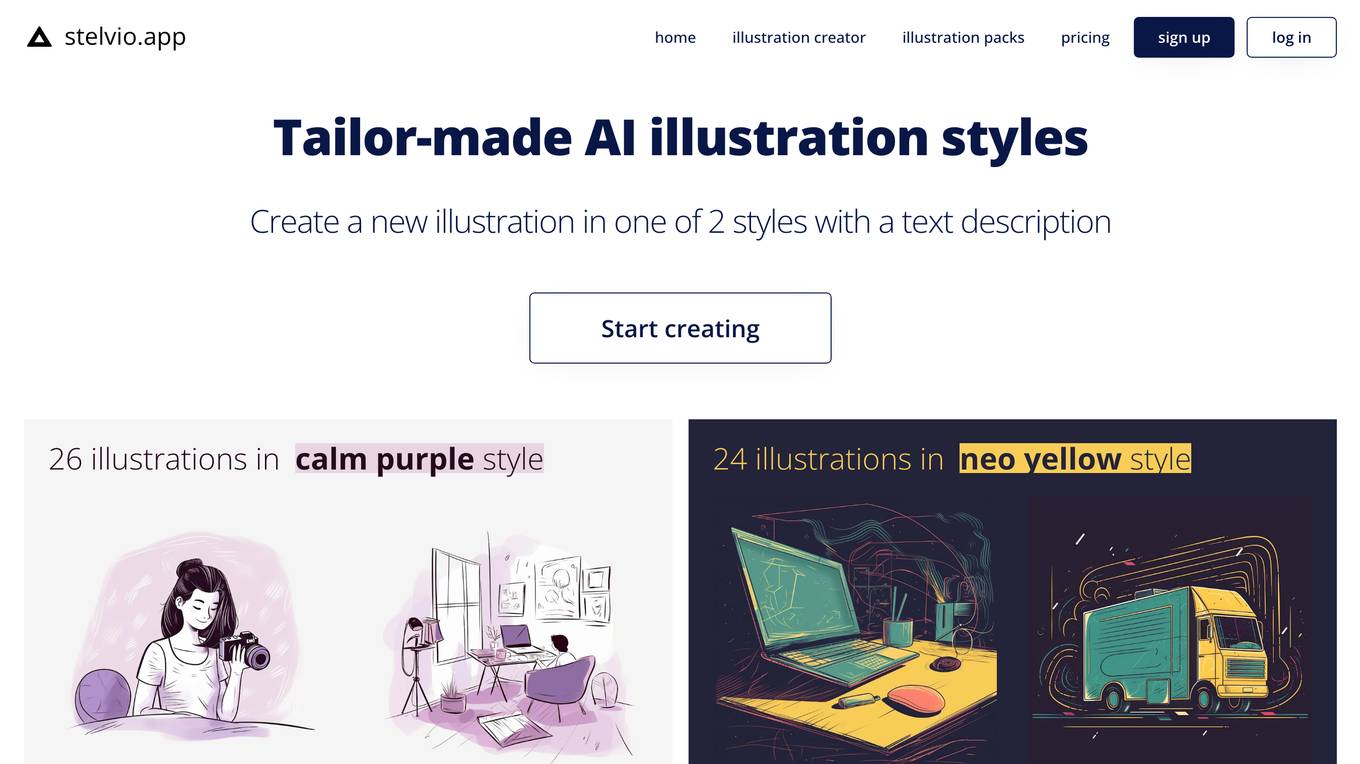
Bubble
Bubble is a visual programming platform that allows users to build web applications without needing to write code. It offers a range of features for designing, developing, and deploying applications, including data management, logic creation, collaboration tools, and security features. Bubble provides a user-friendly interface for creating custom applications tailored to specific needs, making it an ideal solution for individuals and businesses looking to create web applications quickly and efficiently.
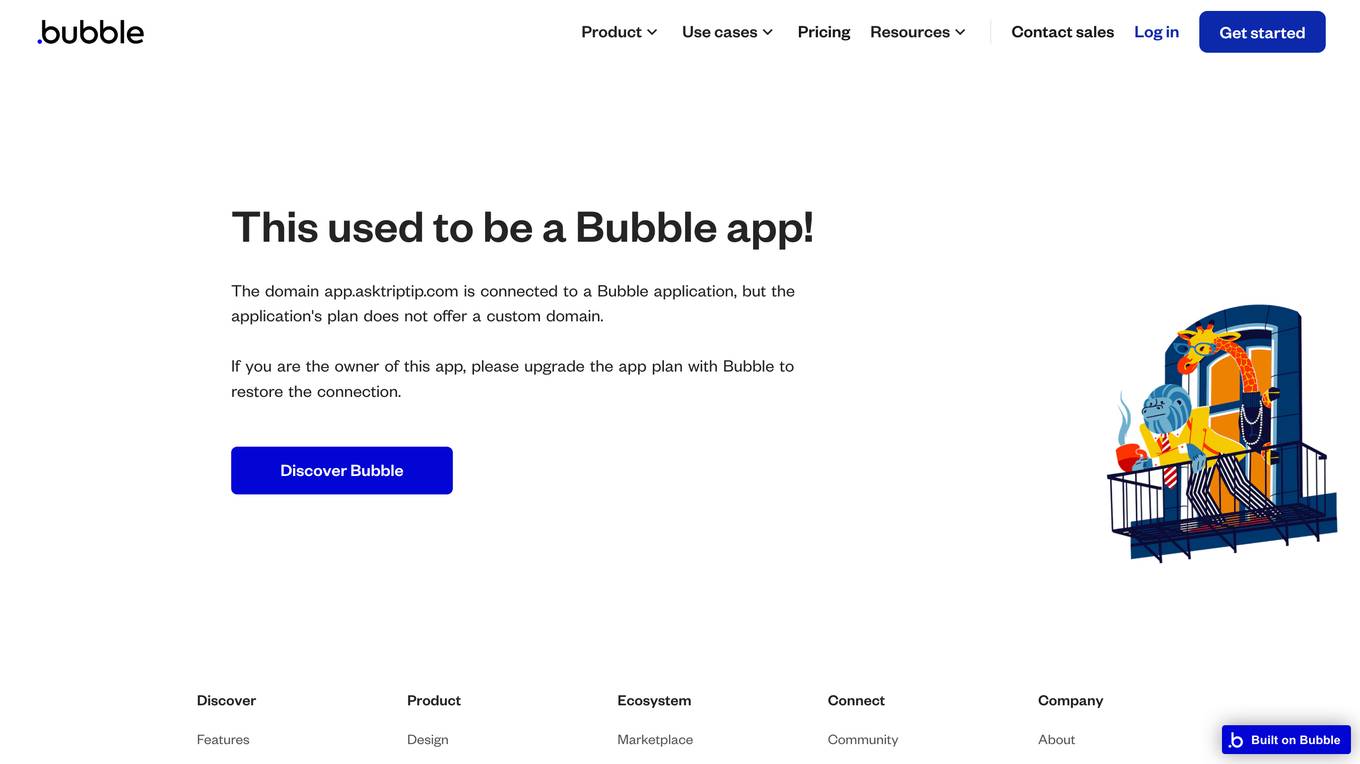
Bubble
Bubble is a visual programming platform that allows users to create web applications without writing code. It offers a drag-and-drop interface for designing and building applications, making it easy for both beginners and experienced developers to bring their ideas to life. With features like data management, logic creation, collaboration tools, and security measures, Bubble empowers users to build complex and functional web applications. The platform also provides resources such as an academy, ideaboard, and product design tools to support users throughout the development process. Bubble is a versatile tool suitable for individuals, startups, and businesses looking to create custom web applications without the need for traditional coding skills.
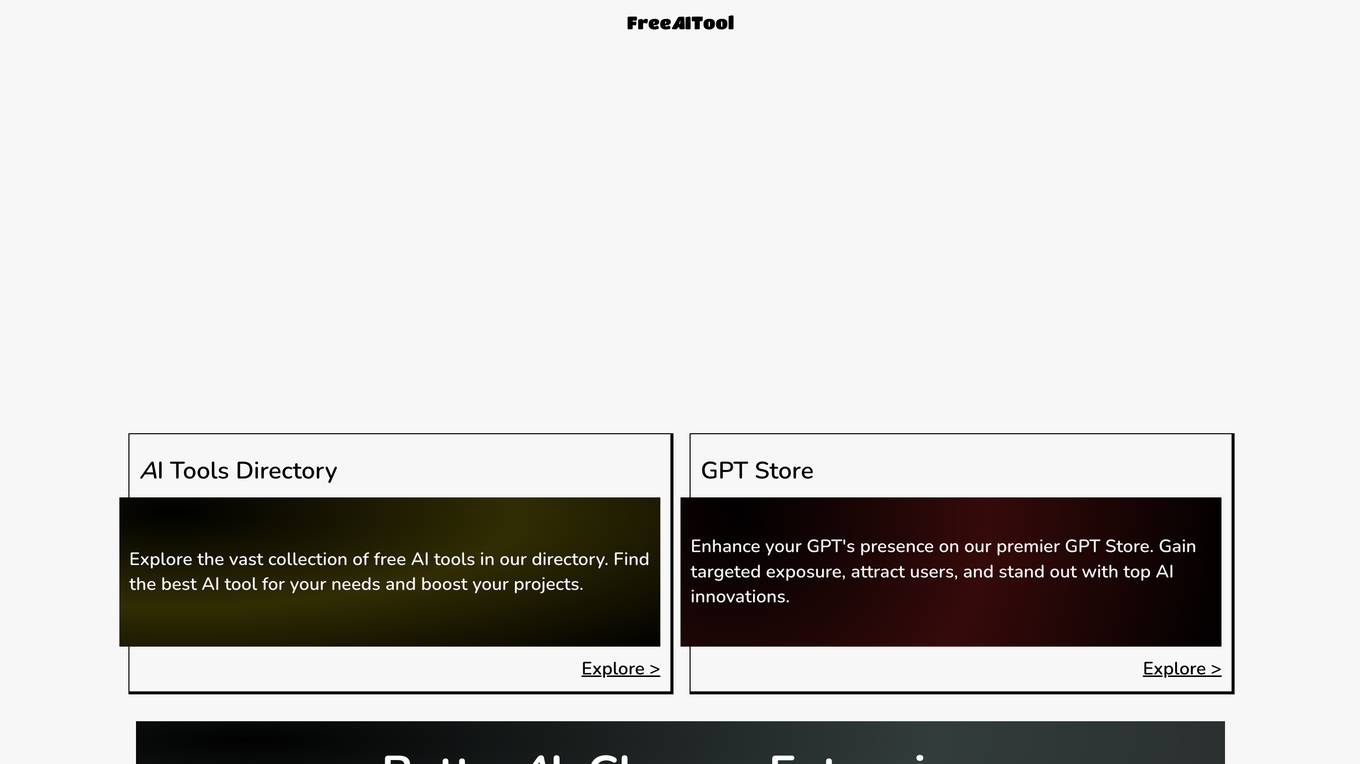
Bubble
Bubble is a visual programming platform that allows users to create web applications without needing to write code. It offers a wide range of features such as data management, logic creation, collaboration tools, integrations, and security measures. Users can build complex applications using Bubble's intuitive drag-and-drop interface. The platform also provides resources like an academy, ideaboard, and product design tools to support users in their app development journey.
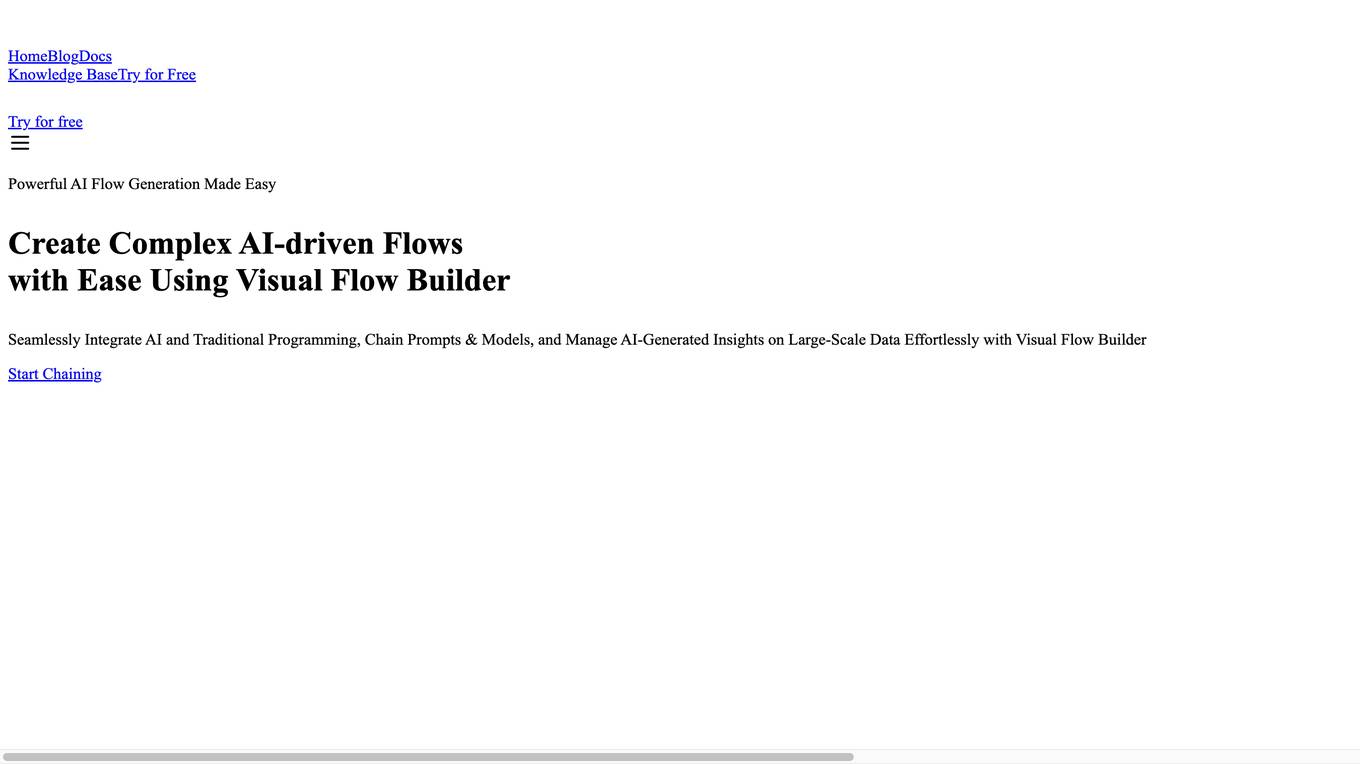
PromptChainer
PromptChainer is a powerful AI flow generation tool that allows users to create complex AI-driven flows with ease using a visual flow builder. It seamlessly integrates AI and traditional programming, enabling users to chain prompts and models and manage AI-generated insights on large-scale data effortlessly. With pre-built templates, a user-friendly database, and versatile logic nodes, PromptChainer empowers users to build custom flows or applications with infinite possibilities.
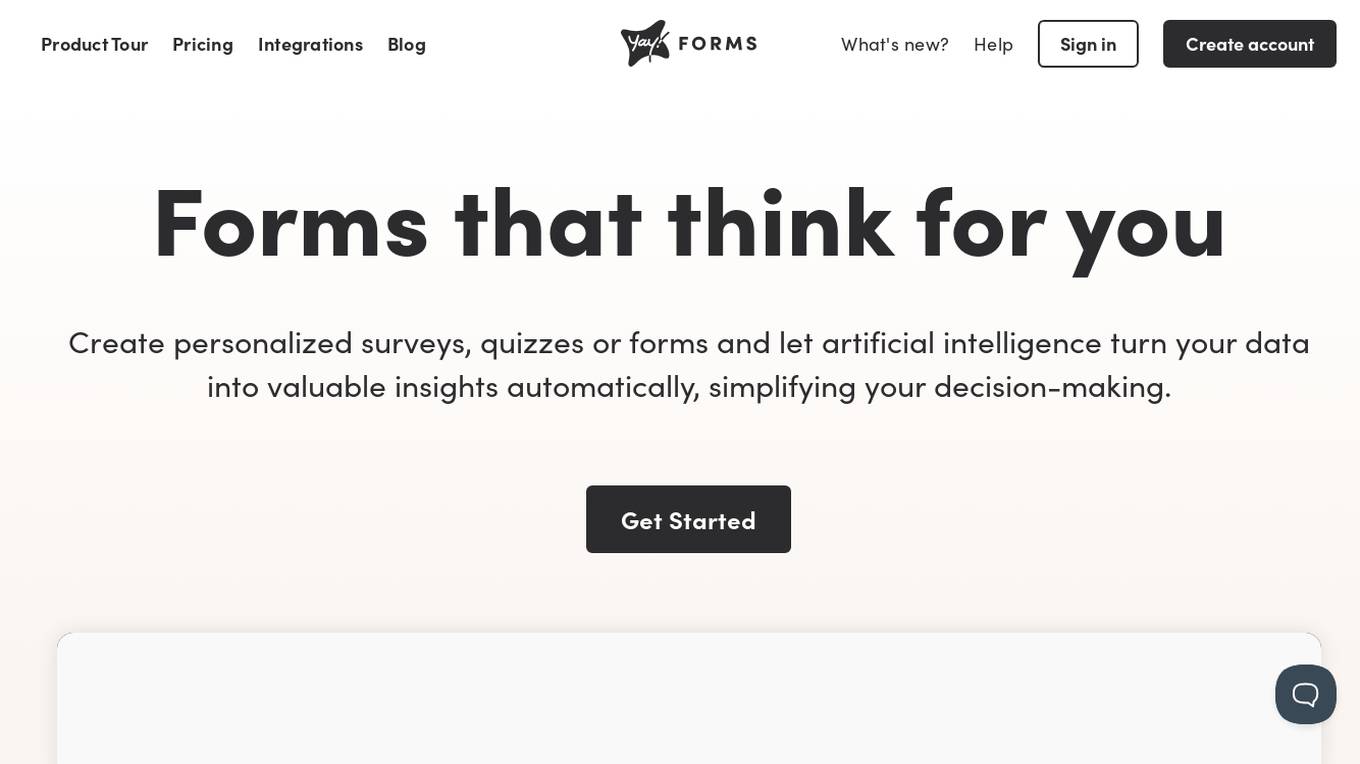
Yay! Forms
Yay! Forms is an AI-powered form and survey builder that leverages artificial intelligence to create personalized surveys, quizzes, and forms. The platform simplifies decision-making by automatically turning data into valuable insights. With features like responsive design, customizable themes, drop-off analysis, advanced logic, and seamless integrations, Yay! Forms offers a user-friendly experience for creating engaging and efficient forms. The application also provides various pricing plans to cater to different user needs, along with a free trial option. Additionally, the platform offers customer support, automatic keyword extraction, sentiment detection, emotion detection, and the ability to remove branding for a more professional look.
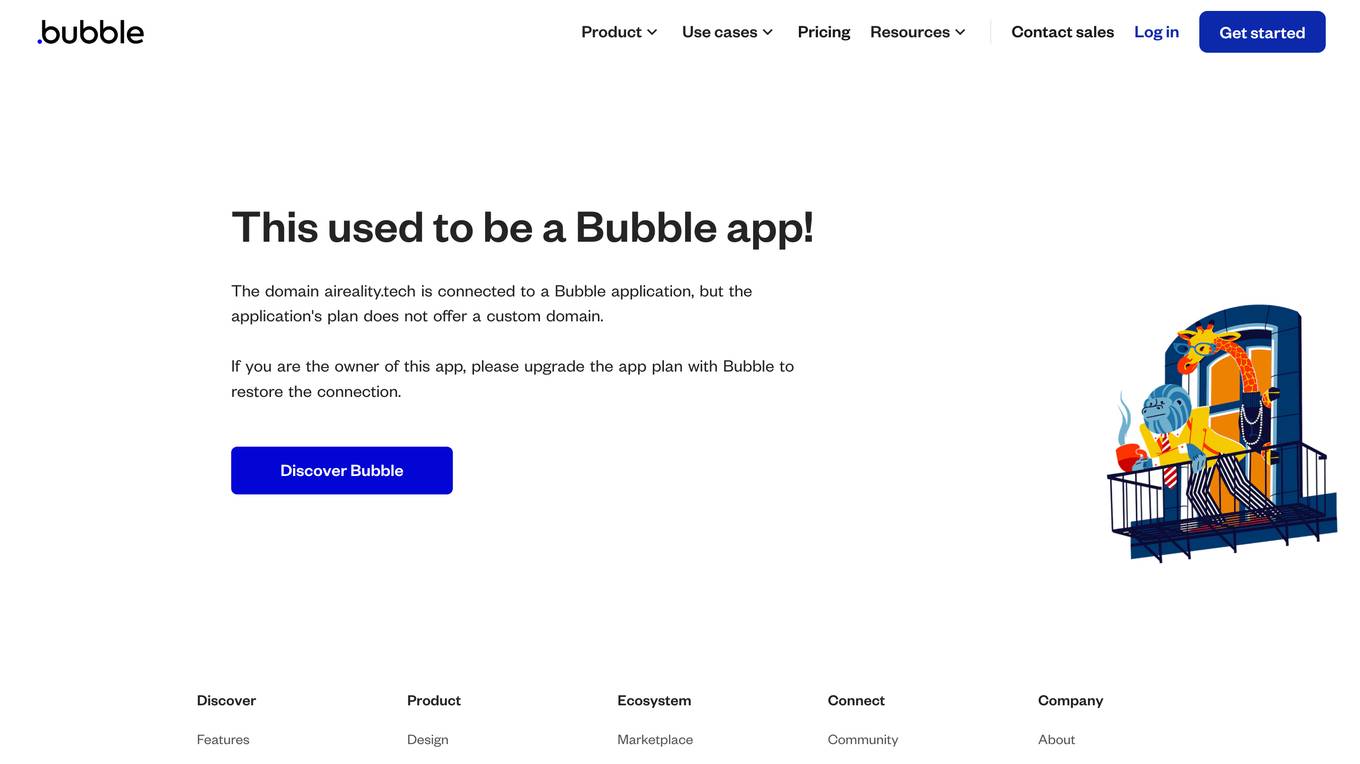
Bubble
Bubble is a visual programming platform that allows users to create web applications without needing to write code. It offers a range of features such as data logic, collaboration tools, and mobile releases. Users can build apps using a drag-and-drop interface and customize them to suit their needs. Bubble is suitable for individuals and businesses looking to develop custom web applications quickly and efficiently.
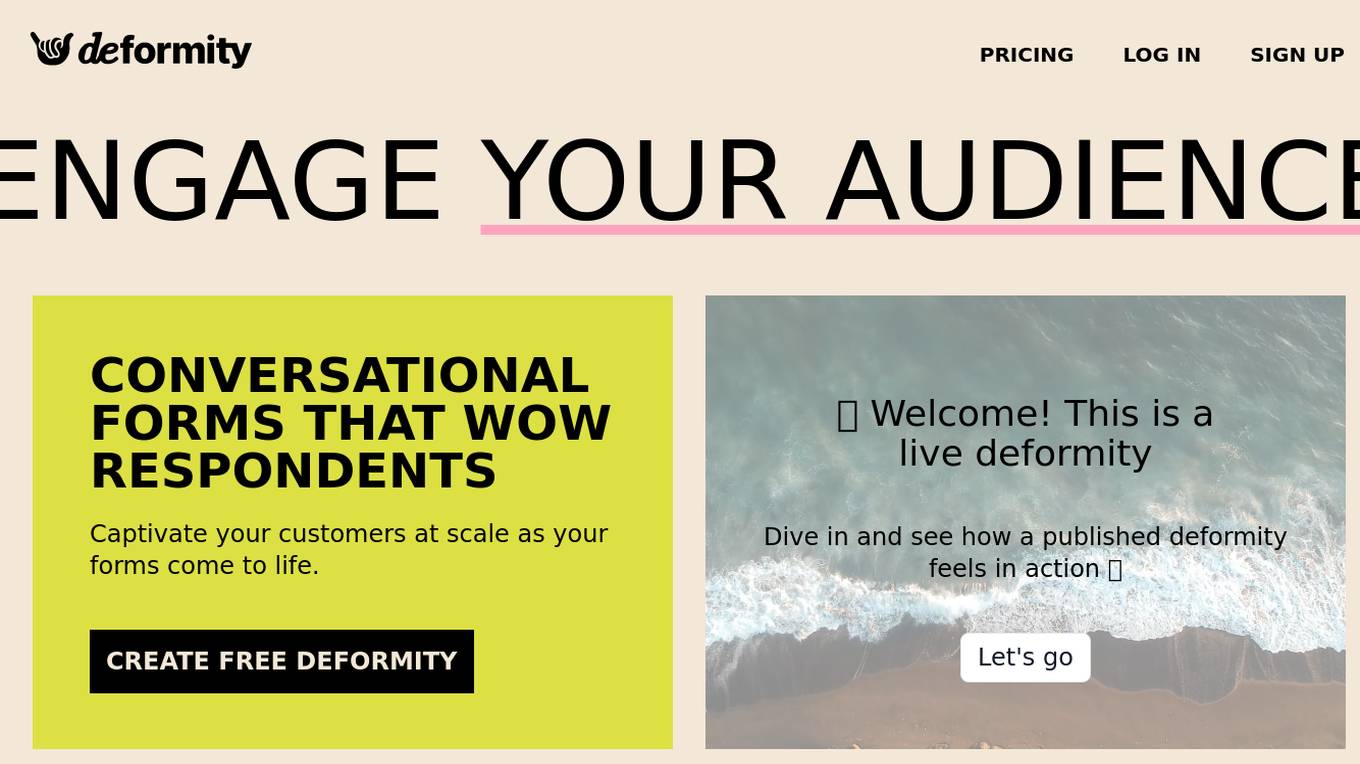
Deformity
Deformity is an AI-driven platform that offers conversational forms to engage and captivate audiences at scale. It allows users to create forms in seconds, utilize AI for lead generation and qualification, collect feedback, design quizzes and giveaways, and conduct research. With the ability to speak 120+ languages fluently, Deformity provides a seamless experience for global audiences. Users can customize forms to match their brand identity, add logic effortlessly, and access advanced features like submission period control and submission limits. Deformity aims to streamline form creation and data collection processes while offering flexibility and efficiency.
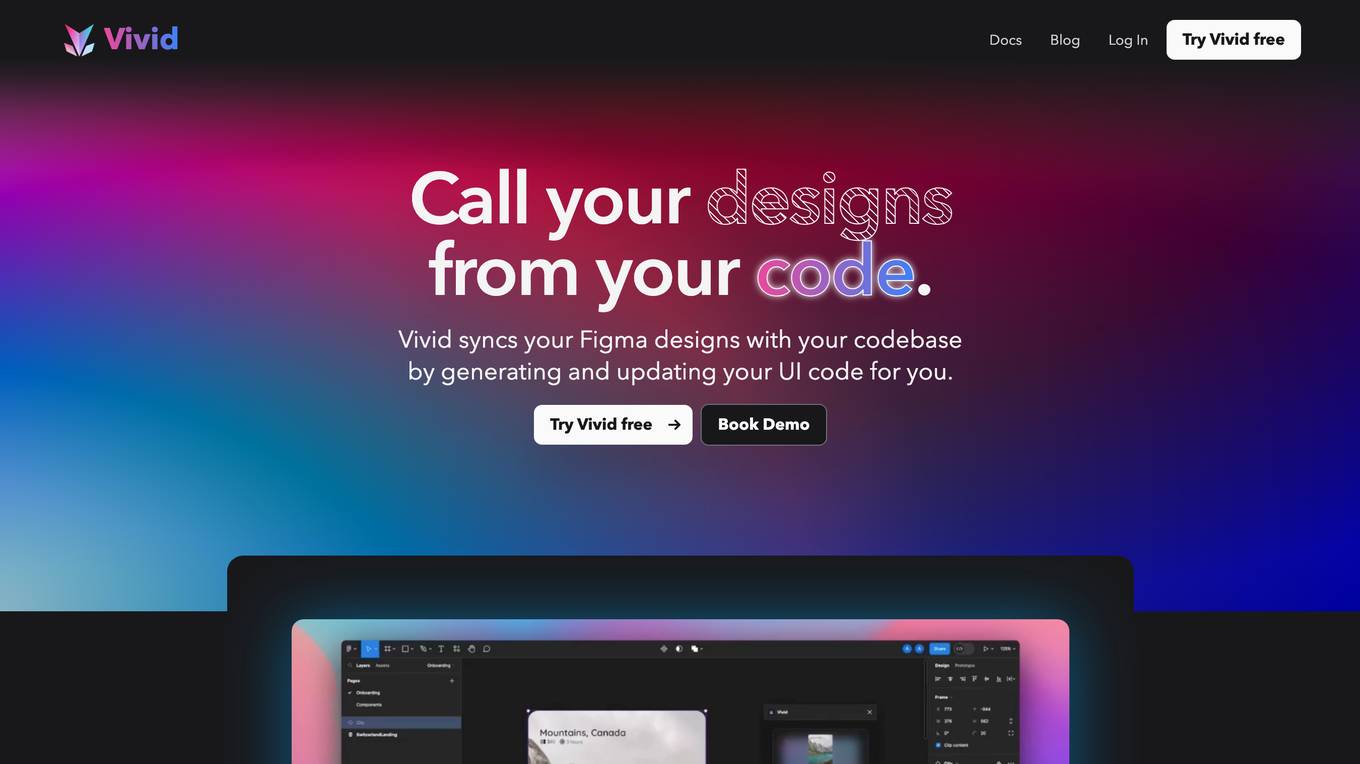
Vivid
Vivid is a tool that syncs Figma designs with codebase by generating and updating UI code. It allows users to submit designs directly in Figma, make edits to generated divs, and sync changes easily. Vivid isolates design styles to help developers focus on functionality, with variant-aware styles that change with props. The tool minimizes style clutter, enabling developers to concentrate on logic.
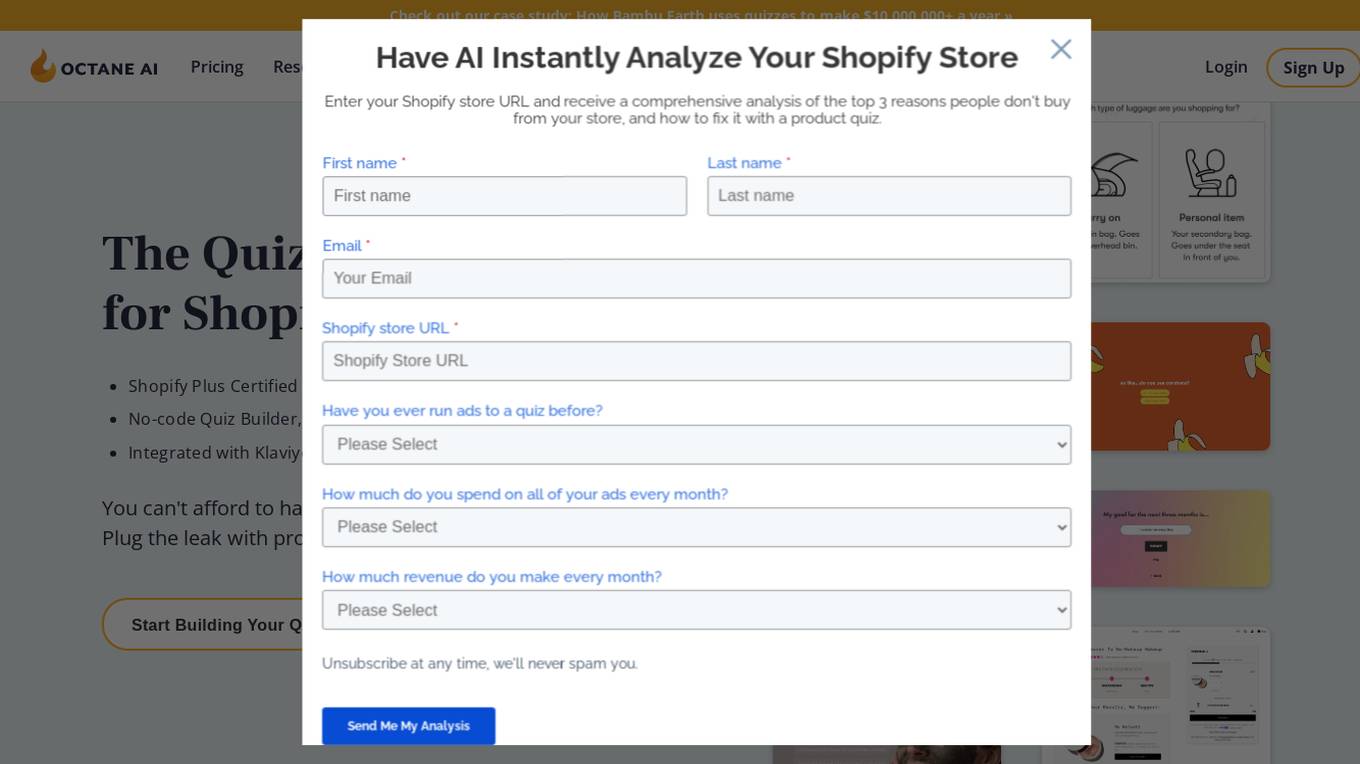
Octane AI
Octane AI is a powerful AI tool designed for Shopify stores to create smart quizzes that drive revenue growth. It offers a no-code interface, seamless integrations with platforms like Shopify and Klaviyo, personalized product recommendations, and automated email marketing. With features like conditional logic, advanced design options, and in-depth analytics, Octane AI helps businesses engage customers, collect insights, and personalize the shopping journey. The platform is built for ecommerce marketers by ecommerce marketers, with a focus on increasing sales, boosting conversions, and fostering stronger customer relationships.
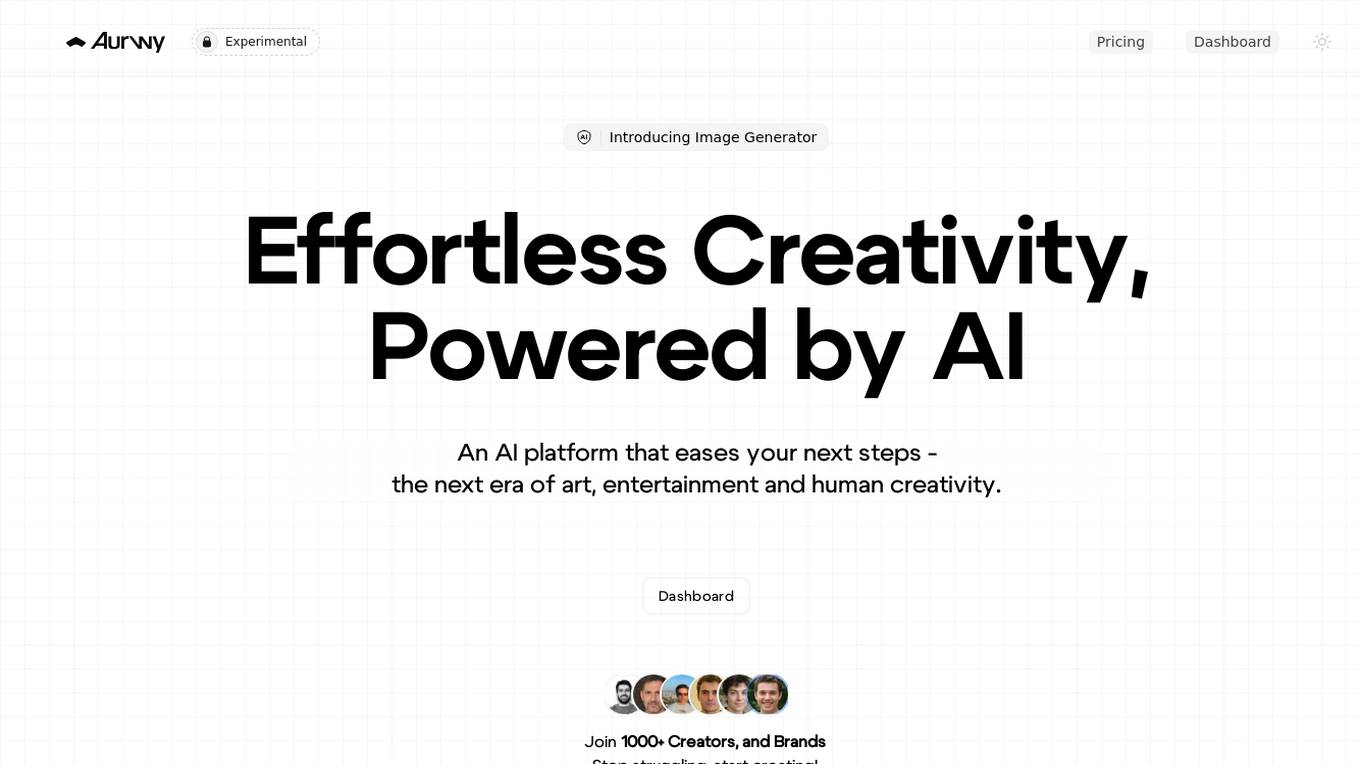
Aurwy
Aurwy is an AI platform that aims to revolutionize creativity, entertainment, and art by providing a wide range of tools to enhance productivity and boost creativity. It caters to individuals of all skill levels, offering features like Chat Partner for interactive conversations, Room Decorator for interior design ideas, Restore Photos for image restoration, Upscale Images for high-quality graphics, Sticker Generator for fun creations, and Background Remover for seamless editing. With AI-powered content generation and creativity tools, Aurwy simplifies content creation, saves time, and improves design quality.
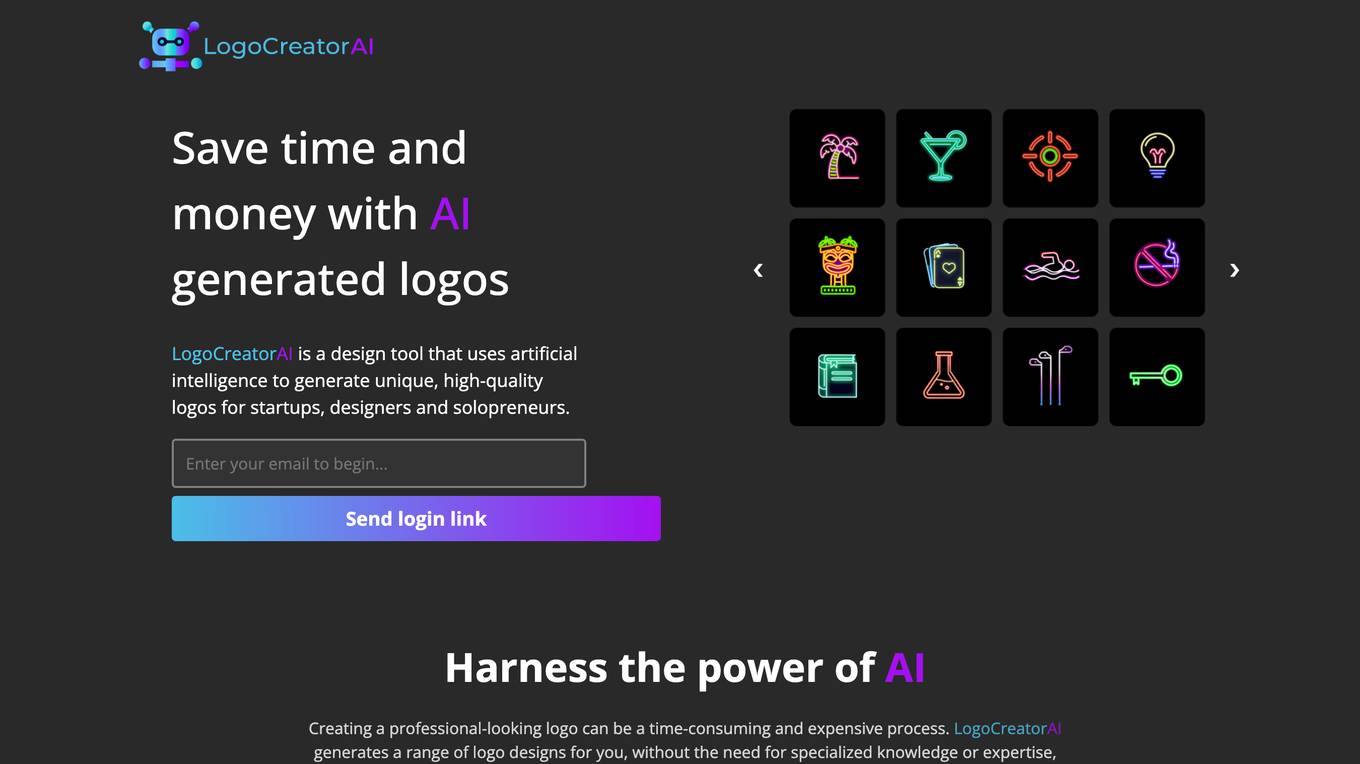
LogoCreatorAI
LogoCreator AI is a design tool that uses artificial intelligence to generate unique, high-quality logos for startups, designers, and solopreneurs. It offers a range of logo designs without the need for specialized knowledge or expertise. Users can create a logo that reflects their unique identity and vision by choosing a style, concept, and colors that match their needs. The generated logos are available within seconds and can be downloaded directly from the dashboard.
CandyIcons
CandyIcons is an AI-powered app icon generator that helps users create stunning icons for their apps. With just a few simple steps, users can input keywords related to their app, choose colors and styles, and generate a unique icon that perfectly represents their brand. CandyIcons is easy to use and affordable, making it a great option for businesses of all sizes.
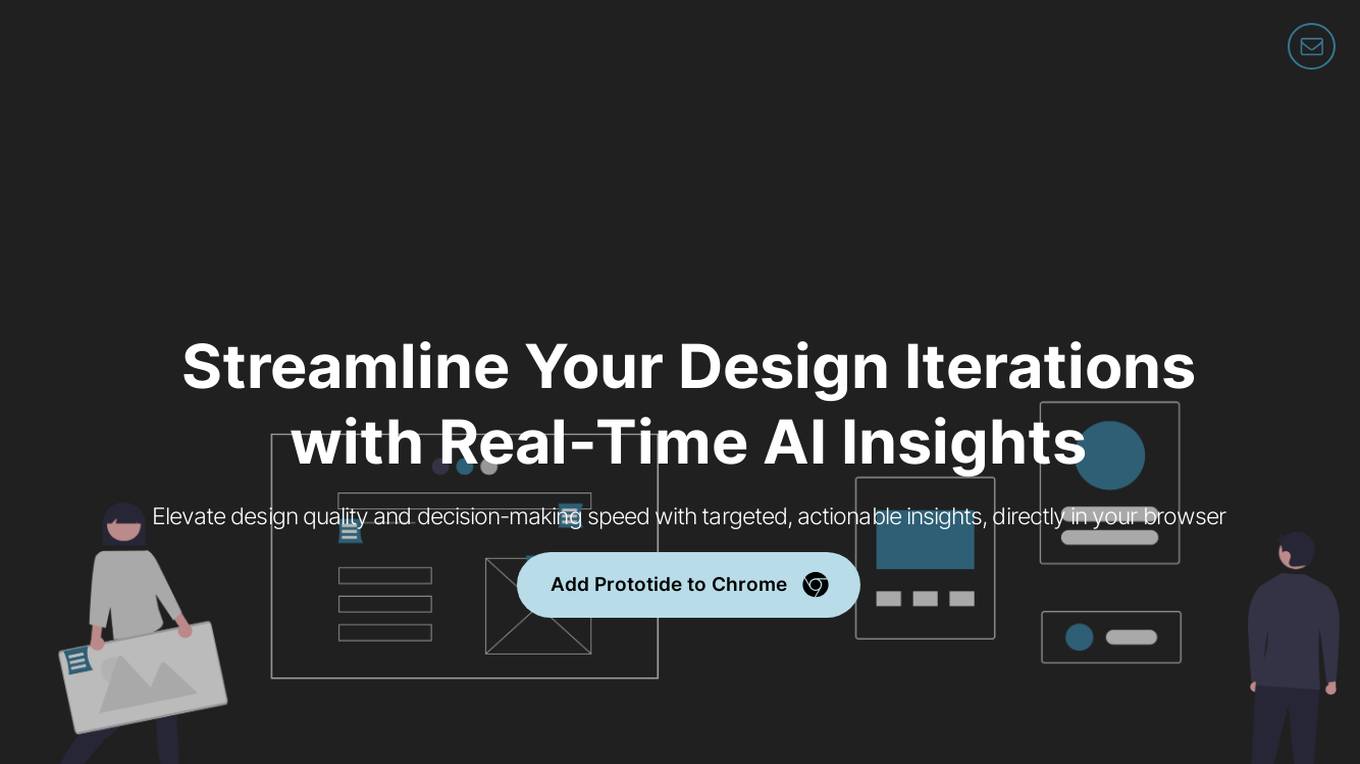
Prototide
Prototide is an AI tool designed to streamline design iterations by providing real-time AI insights. It helps elevate design quality and decision-making speed by offering targeted, actionable insights directly in the browser. Users can receive clear feedback, make informed decisions, and enhance their designs with precision. Prototide values user privacy and collects minimal personal information for login and communication purposes. The tool offers a demo with 3 free runs to showcase its workflow enhancement capabilities.
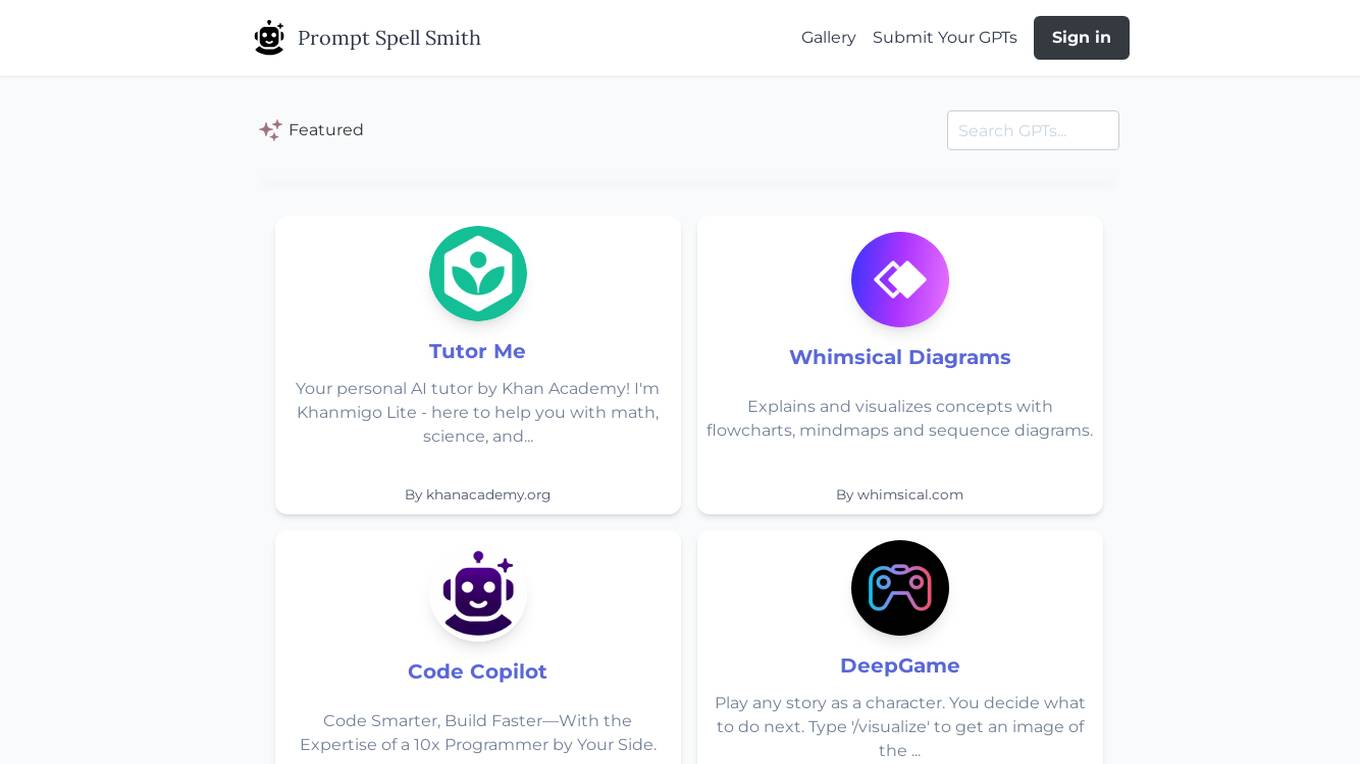
AI Tool Hub
The website features a variety of AI tools and applications, including GPTs, AI tutors, code assistants, diagram creators, and more. Users can explore and discover top GPTs, get assistance in programming, design, finance, and even fortune-telling. The platform offers a range of AI-powered solutions for different tasks and industries, aiming to enhance productivity and creativity through advanced AI technologies.
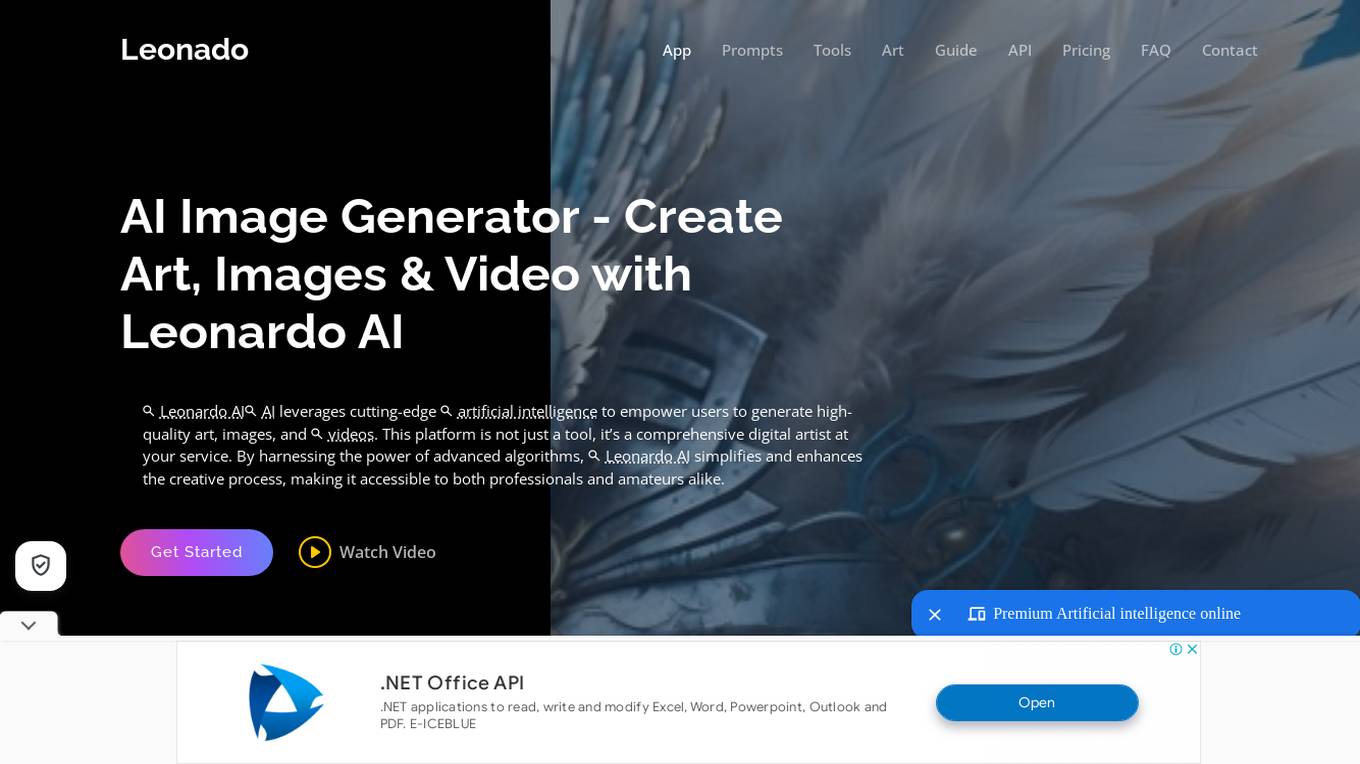
Leonardo AI
Leonardo AI is a cutting-edge artificial intelligence platform that empowers users to create high-quality art, images, and videos. It offers a comprehensive toolkit for visual creators, combining user-friendly features for beginners with sophisticated tools for professionals. Leonardo AI leverages advanced algorithms to simplify and enhance the creative process, making it accessible to both amateurs and experts. The platform continues to evolve with more sophisticated features, deeper learning capabilities, and better integration with other digital tools, showcasing the potential of AI in creative fields.
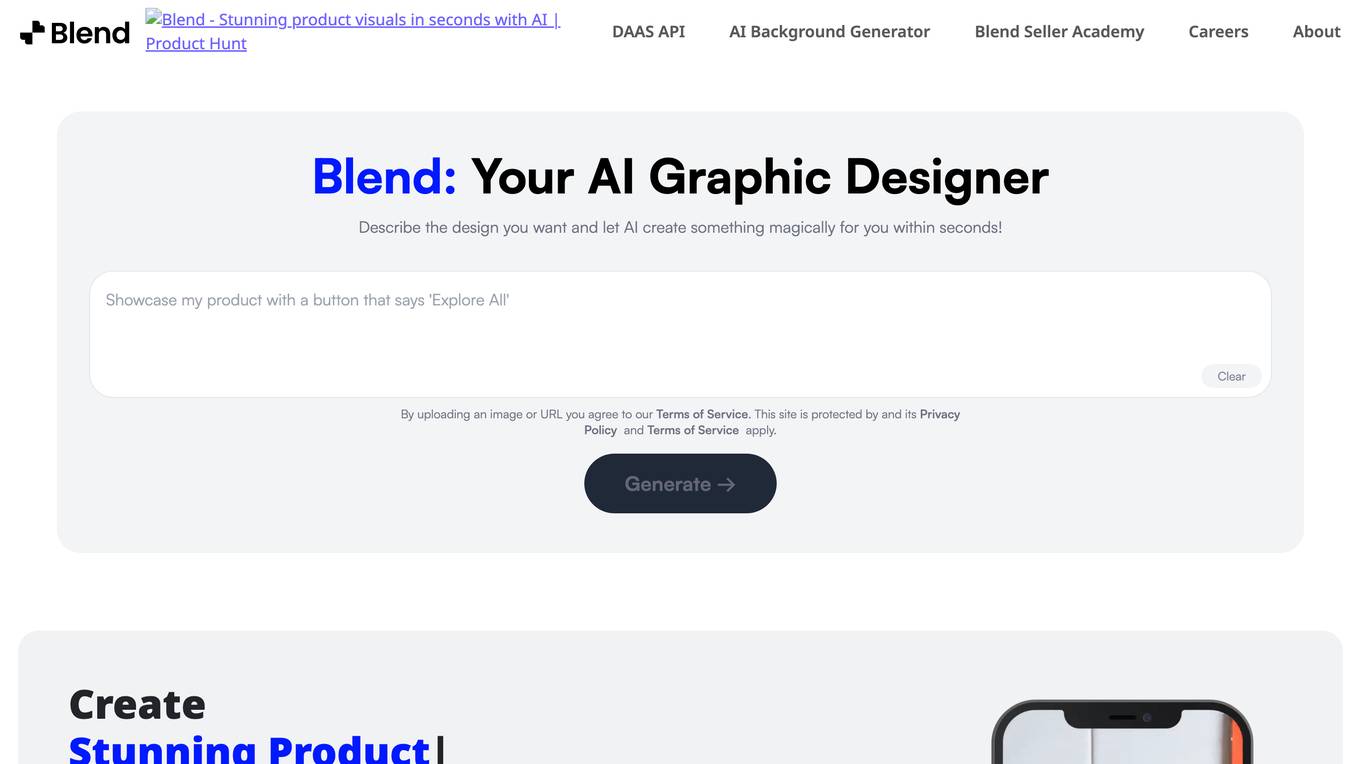
Blend
Blend is an AI-powered online image background removal tool that helps entrepreneurs and businesses create professional-looking product photos, social graphics, and SEO-optimized copy in seconds. With Blend, users can easily remove the background from images, choose from a vast collection of customizable templates, or use Blend's Magic Create feature to generate unique designs with a simple prompt. Blend also offers AI-generated background scenes, batch editing for quick background removal from multiple photos, and a wide range of UI elements for editing designs. By using Blend, users can save time and money on creating high-quality product photos and designs without the need for hiring an agency or freelancer.
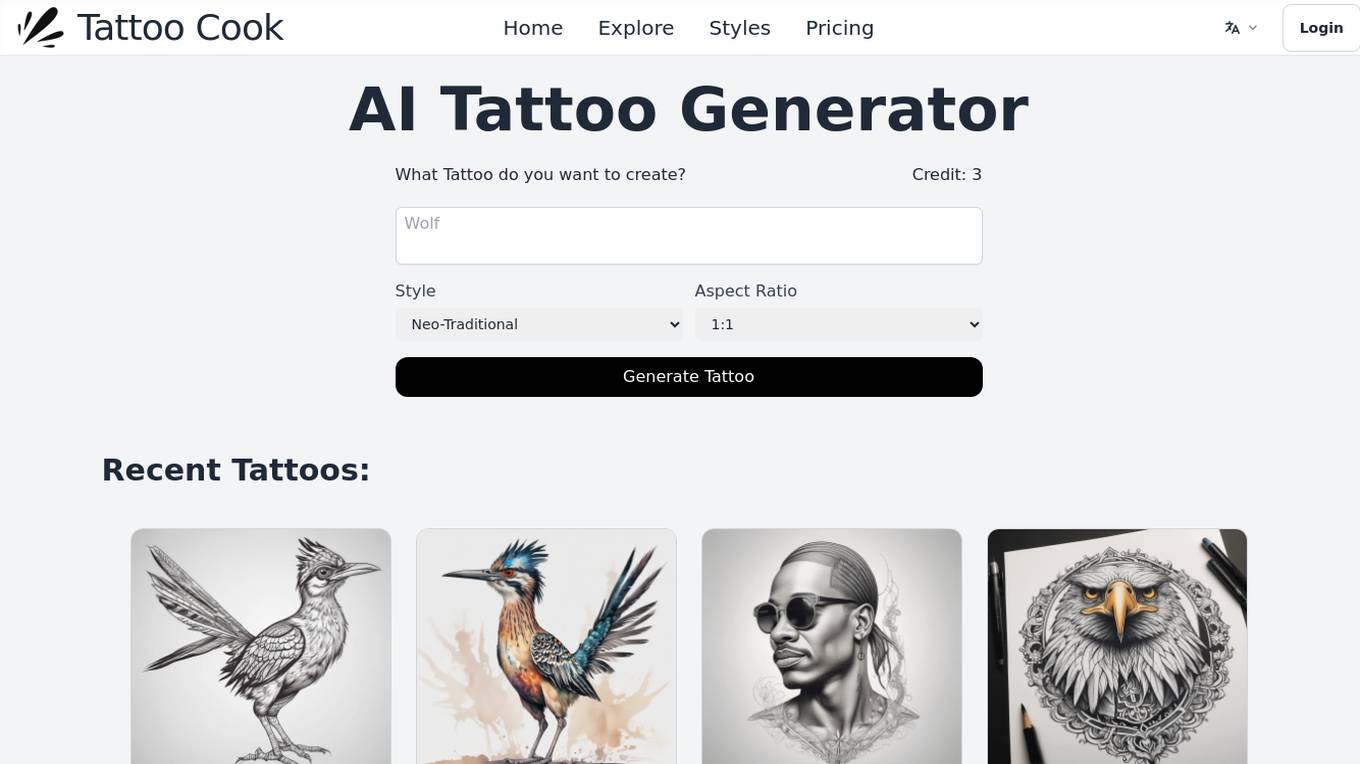
Tattoo Cook
Tattoo Cook is an AI Tattoo Generator tool that utilizes Artificial Intelligence technology to automatically generate tattoo designs based on the user's description. Users can create unique tattoo designs by entering a description, selecting a style, and aspect ratio. The tool supports various tattoo styles and offers high-quality downloads without watermarks. Users can try the AI tattoo generator for free with 3 credits, and additional credits are available through paid packages.

Photo to Anime
Photo to Anime is a free, privacy-centric AI anime filter that allows users to transform their photos and text descriptions into captivating anime-style art. With its user-friendly interface and powerful AI capabilities, Photo to Anime empowers users to unleash their creativity and explore the world of anime art without any artistic or coding skills. The platform offers two main features: Photo-to-Anime, which converts personal photos into unique anime artwork, and Text-to-Anime, which turns written prompts into custom anime-style images. Photo to Anime ensures user privacy by processing images on-device, eliminating the need for cloud uploads. The platform is free to use, with no login or credit card required, making it accessible to all.
20 - Open Source AI Tools
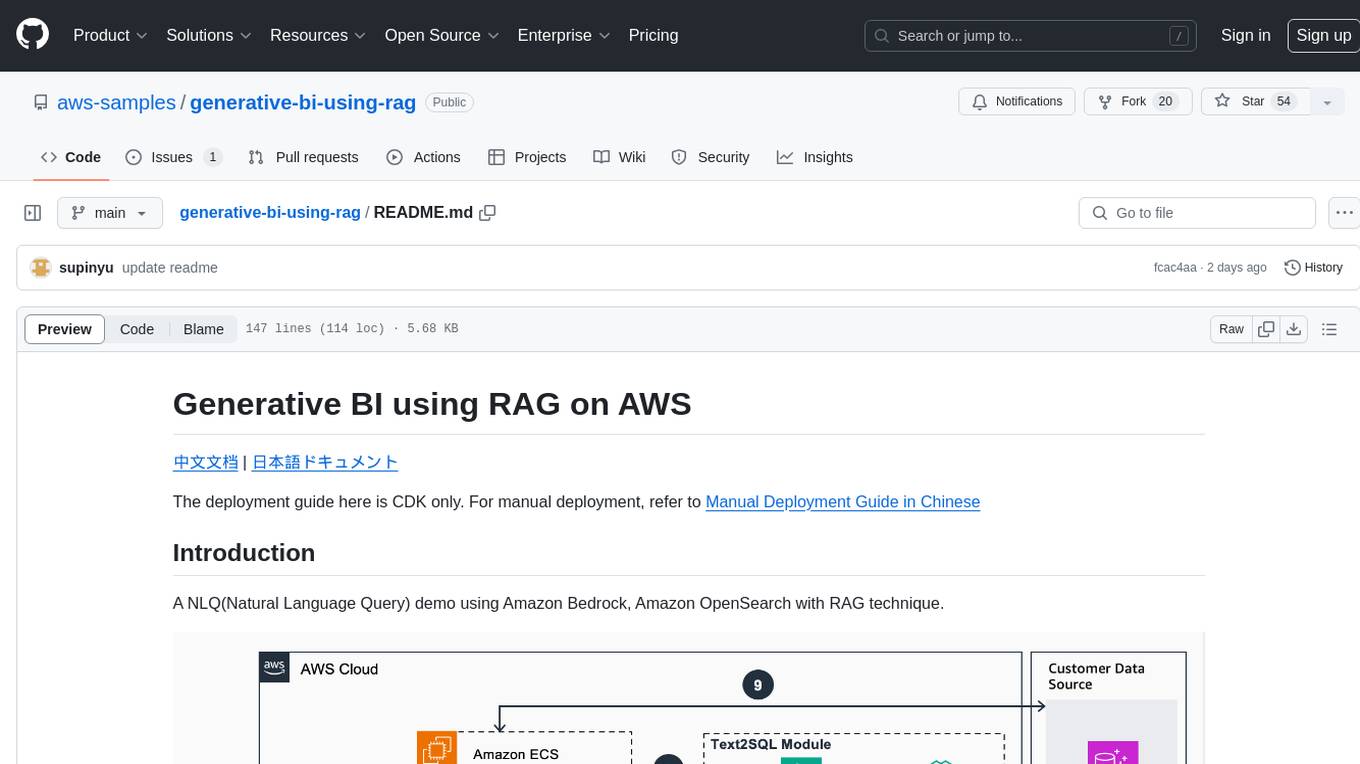
generative-bi-using-rag
Generative BI using RAG on AWS is a comprehensive framework designed to enable Generative BI capabilities on customized data sources hosted on AWS. It offers features such as Text-to-SQL functionality for querying data sources using natural language, user-friendly interface for managing data sources, performance enhancement through historical question-answer ranking, and entity recognition. It also allows customization of business information, handling complex attribution analysis problems, and provides an intuitive question-answering UI with a conversational approach for complex queries.
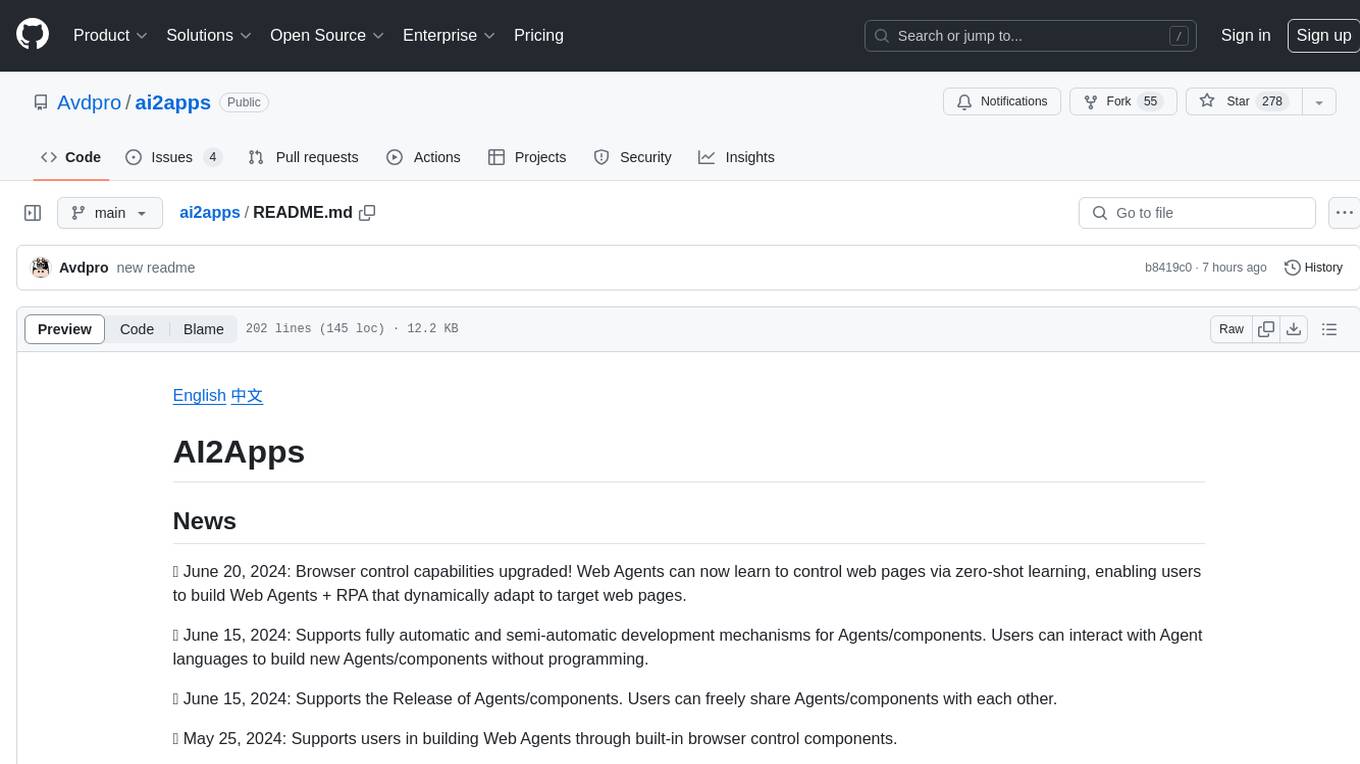
ai2apps
AI2Apps is a visual IDE for building LLM-based AI agent applications, enabling developers to efficiently create AI agents through drag-and-drop, with features like design-to-development for rapid prototyping, direct packaging of agents into apps, powerful debugging capabilities, enhanced user interaction, efficient team collaboration, flexible deployment, multilingual support, simplified product maintenance, and extensibility through plugins.
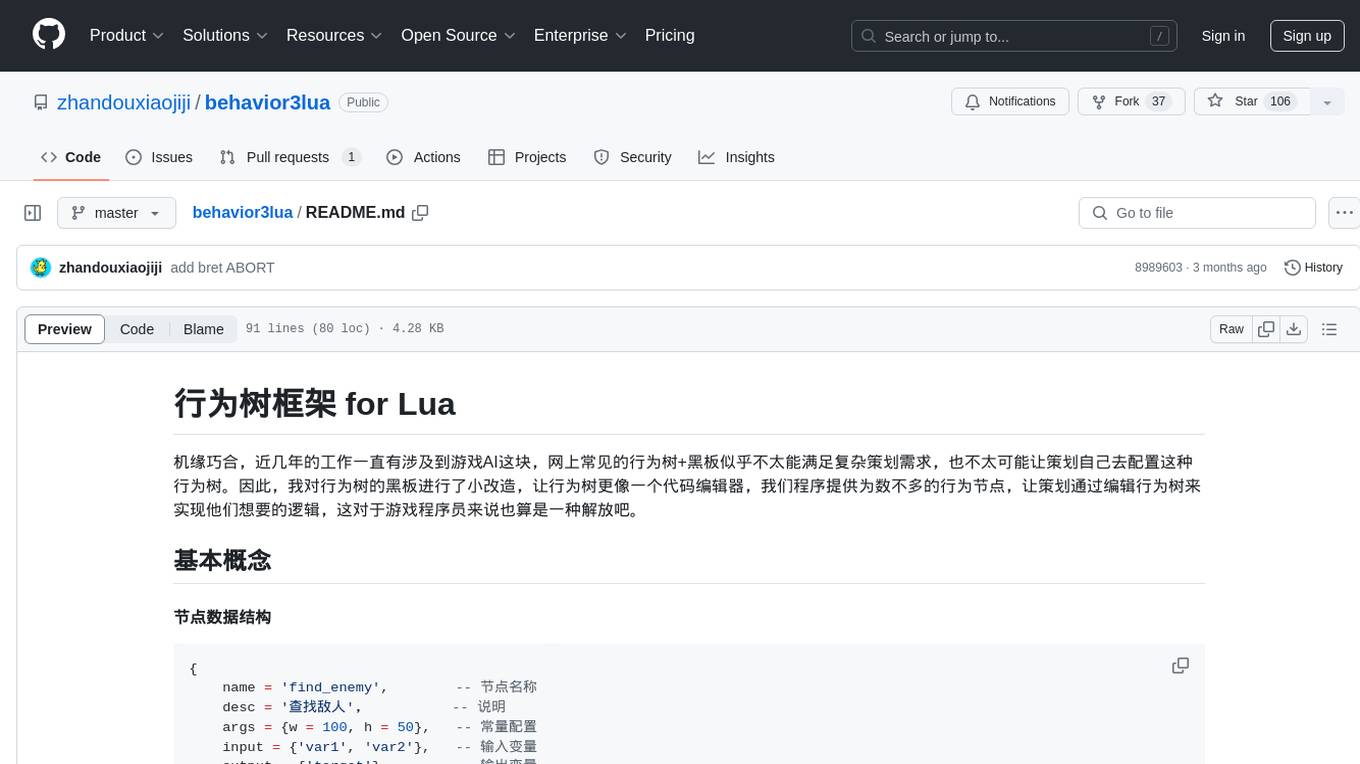
behavior3lua
Behavior3Lua is a Lua framework for behavior trees in game AI. It provides a modified blackboard system where behavior trees are designed like code editors, allowing game designers to configure logic through editing trees. The framework offers various node types for creating complex AI behaviors, freeing game programmers from manual configuration. It includes composite, decorator, and action nodes, along with an API for creating and running behavior trees. The framework supports running states and provides an editor for visual tree editing. It has been successfully used in multiple projects for different game genres, enabling designers to create sophisticated AI and logic systems.
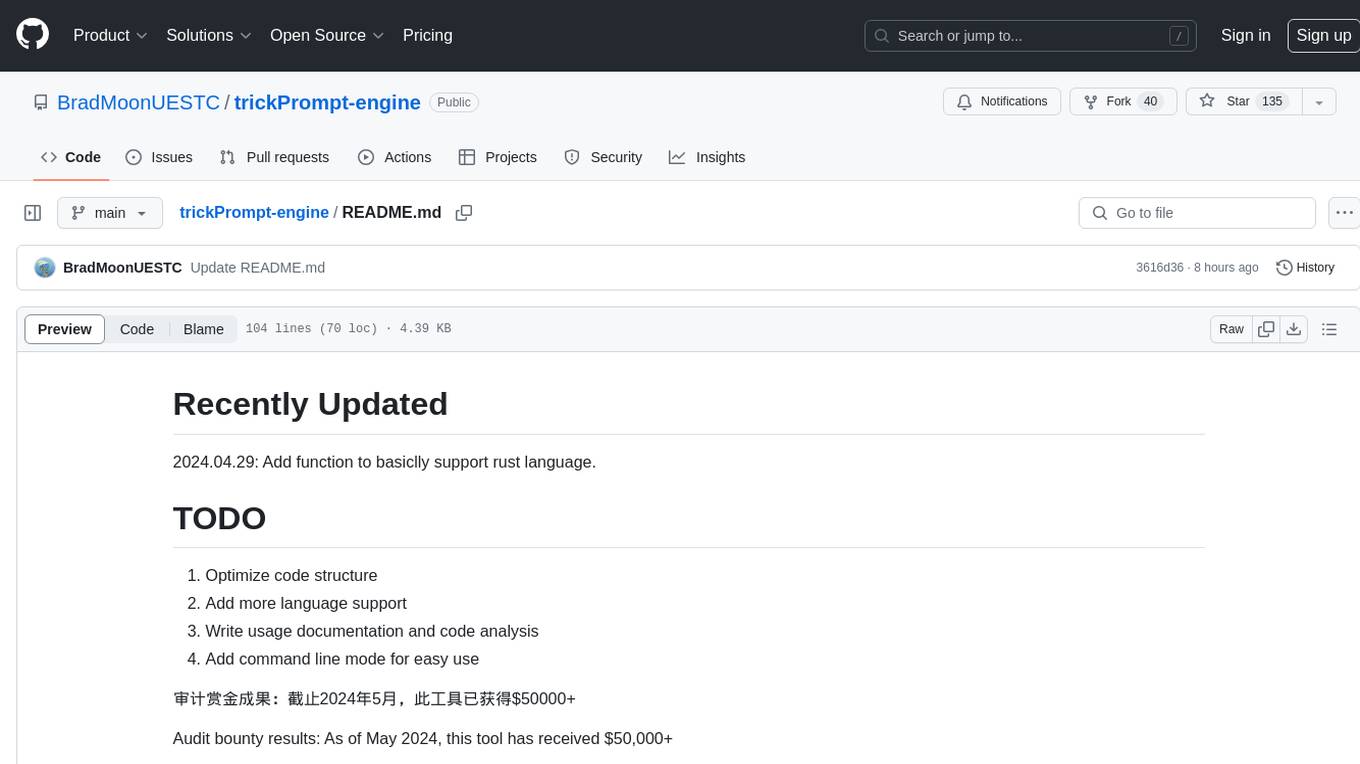
trickPrompt-engine
This repository contains a vulnerability mining engine based on GPT technology. The engine is designed to identify logic vulnerabilities in code by utilizing task-driven prompts. It does not require prior knowledge or fine-tuning and focuses on prompt design rather than model design. The tool is effective in real-world projects and should not be used for academic vulnerability testing. It supports scanning projects in various languages, with current support for Solidity. The engine is configured through prompts and environment settings, enabling users to scan for vulnerabilities in their codebase. Future updates aim to optimize code structure, add more language support, and enhance usability through command line mode. The tool has received a significant audit bounty of $50,000+ as of May 2024.
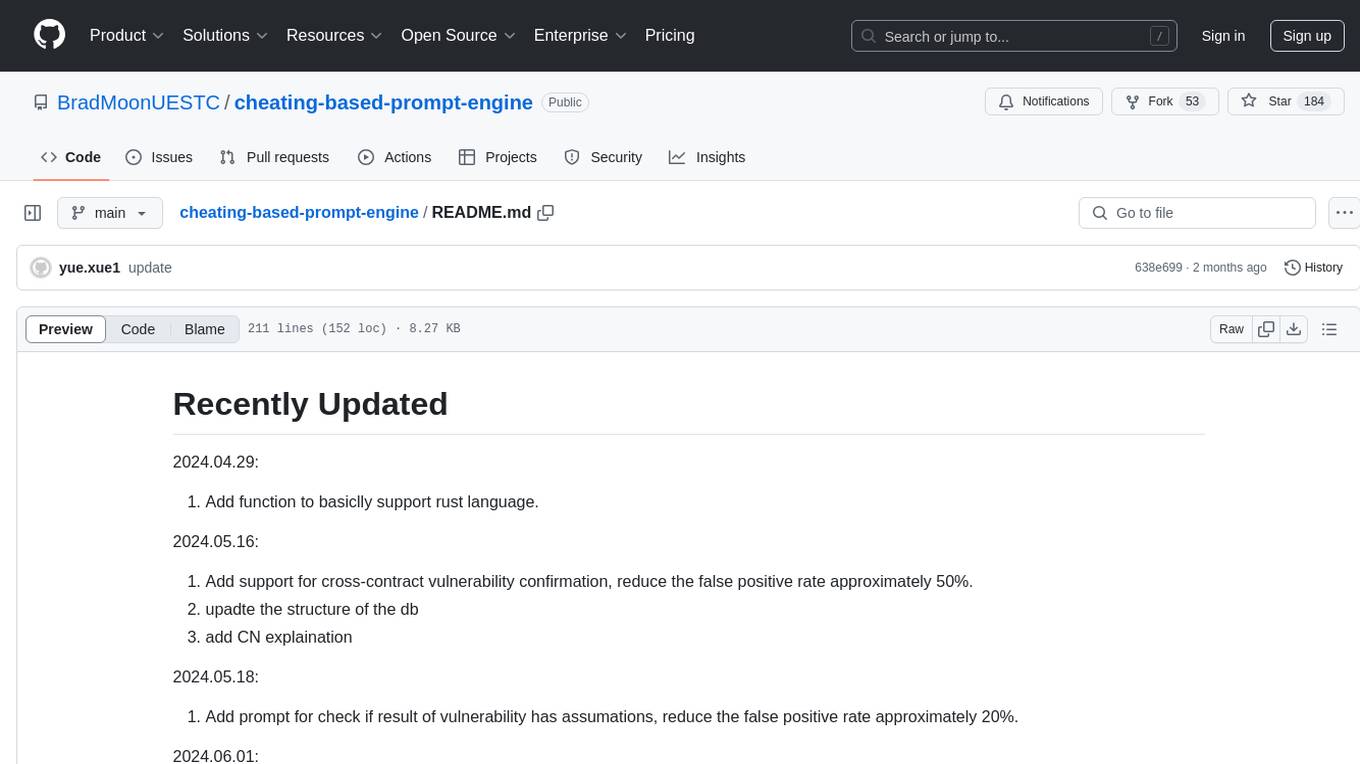
cheating-based-prompt-engine
This is a vulnerability mining engine purely based on GPT, requiring no prior knowledge base, no fine-tuning, yet its effectiveness can overwhelmingly surpass most of the current related research. The core idea revolves around being task-driven, not question-driven, driven by prompts, not by code, and focused on prompt design, not model design. The essence is encapsulated in one word: deception. It is a type of code understanding logic vulnerability mining that fully stimulates the capabilities of GPT, suitable for real actual projects.
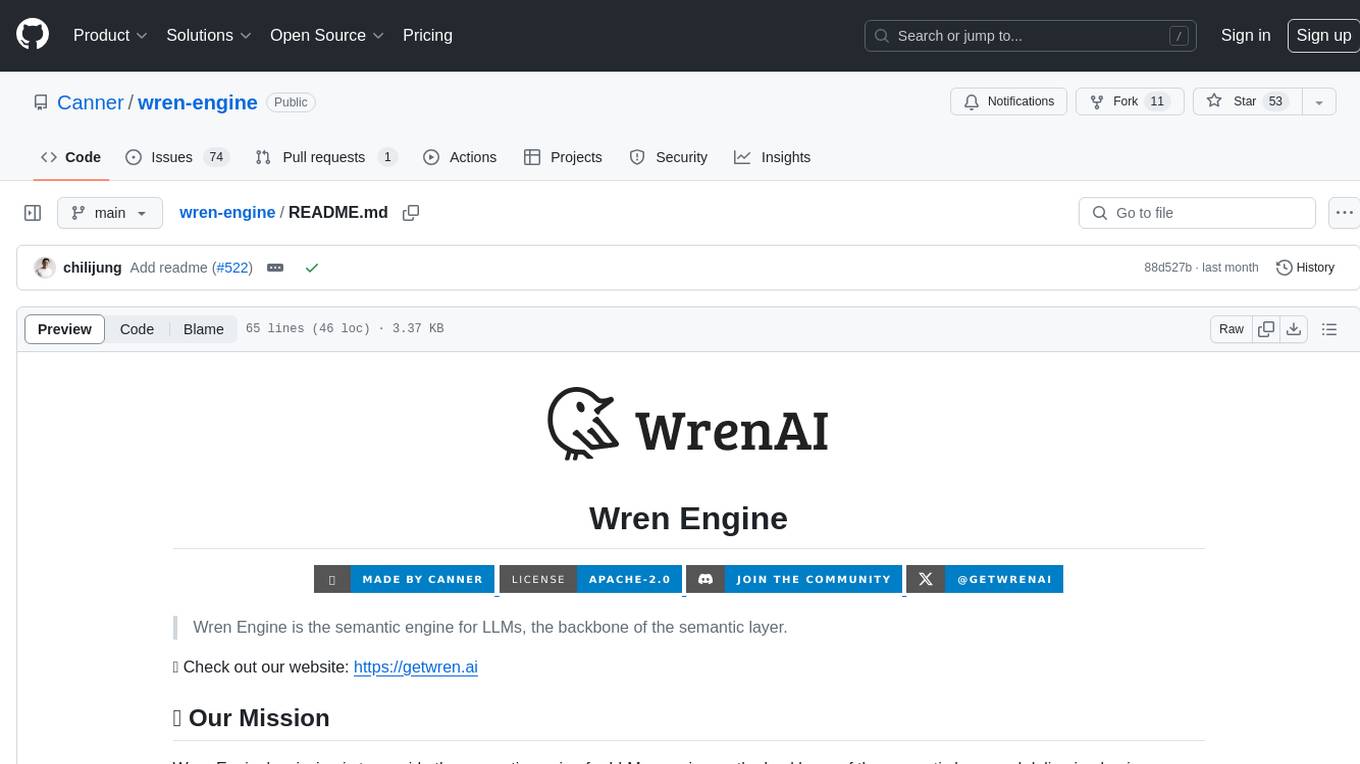
wren-engine
Wren Engine is a semantic engine designed to serve as the backbone of the semantic layer for LLMs. It simplifies the user experience by translating complex data structures into a business-friendly format, enabling end-users to interact with data using familiar terminology. The engine powers the semantic layer with advanced capabilities to define and manage modeling definitions, metadata, schema, data relationships, and logic behind calculations and aggregations through an analytics-as-code design approach. By leveraging Wren Engine, organizations can ensure a developer-friendly semantic layer that reflects nuanced data relationships and dynamics, facilitating more informed decision-making and strategic insights.
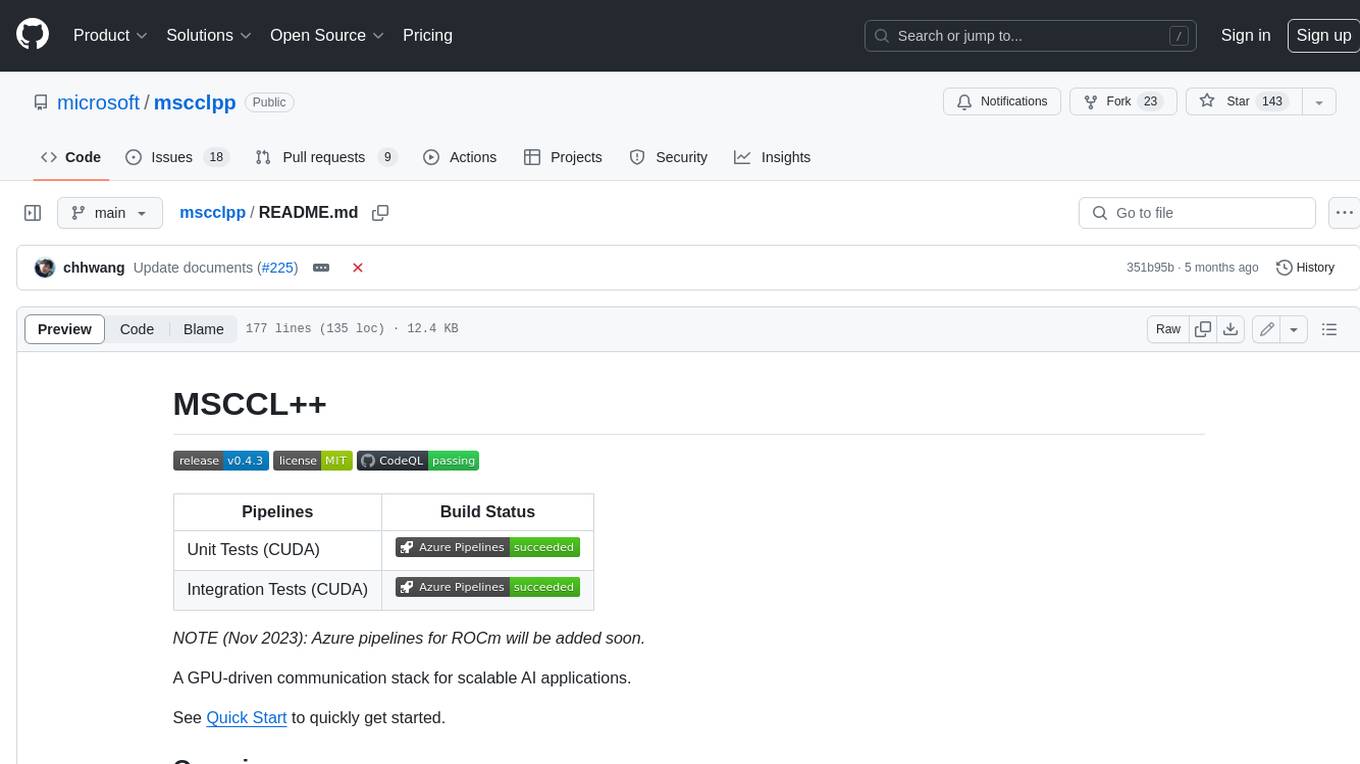
mscclpp
MSCCL++ is a GPU-driven communication stack for scalable AI applications. It provides a highly efficient and customizable communication stack for distributed GPU applications. MSCCL++ redefines inter-GPU communication interfaces, delivering a highly efficient and customizable communication stack for distributed GPU applications. Its design is specifically tailored to accommodate diverse performance optimization scenarios often encountered in state-of-the-art AI applications. MSCCL++ provides communication abstractions at the lowest level close to hardware and at the highest level close to application API. The lowest level of abstraction is ultra light weight which enables a user to implement logics of data movement for a collective operation such as AllReduce inside a GPU kernel extremely efficiently without worrying about memory ordering of different ops. The modularity of MSCCL++ enables a user to construct the building blocks of MSCCL++ in a high level abstraction in Python and feed them to a CUDA kernel in order to facilitate the user's productivity. MSCCL++ provides fine-grained synchronous and asynchronous 0-copy 1-sided abstracts for communication primitives such as `put()`, `get()`, `signal()`, `flush()`, and `wait()`. The 1-sided abstractions allows a user to asynchronously `put()` their data on the remote GPU as soon as it is ready without requiring the remote side to issue any receive instruction. This enables users to easily implement flexible communication logics, such as overlapping communication with computation, or implementing customized collective communication algorithms without worrying about potential deadlocks. Additionally, the 0-copy capability enables MSCCL++ to directly transfer data between user's buffers without using intermediate internal buffers which saves GPU bandwidth and memory capacity. MSCCL++ provides consistent abstractions regardless of the location of the remote GPU (either on the local node or on a remote node) or the underlying link (either NVLink/xGMI or InfiniBand). This simplifies the code for inter-GPU communication, which is often complex due to memory ordering of GPU/CPU read/writes and therefore, is error-prone.

beehave
Beehave is a powerful addon for Godot Engine that enables users to create robust AI systems using behavior trees. It simplifies the design of complex NPC behaviors, challenging boss battles, and other advanced setups. Beehave allows for the creation of highly adaptive AI that responds to changes in the game world and overcomes unexpected obstacles, catering to both beginners and experienced developers. The tool is currently in development for version 3.0.
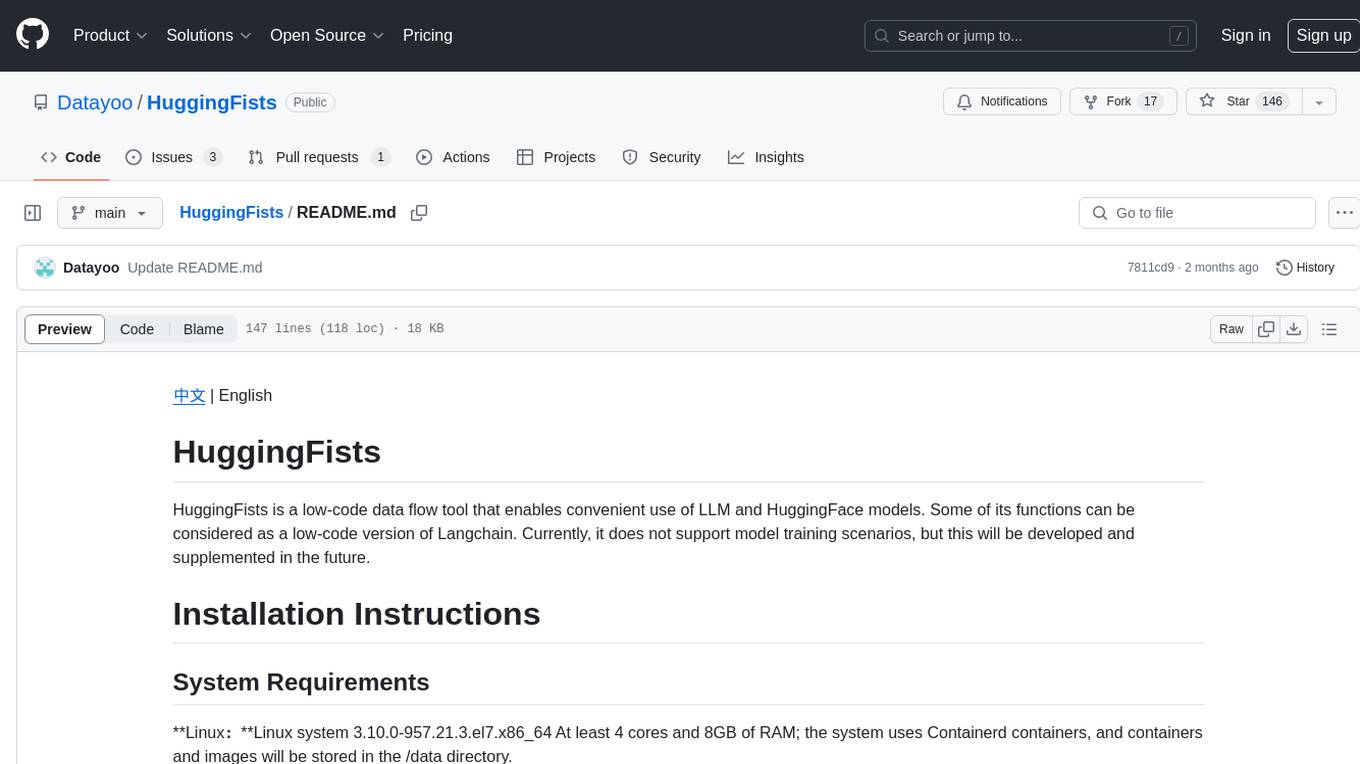
HuggingFists
HuggingFists is a low-code data flow tool that enables convenient use of LLM and HuggingFace models. It provides functionalities similar to Langchain, allowing users to design, debug, and manage data processing workflows, create and schedule workflow jobs, manage resources environment, and handle various data artifact resources. The tool also offers account management for users, allowing centralized management of data source accounts and API accounts. Users can access Hugging Face models through the Inference API or locally deployed models, as well as datasets on Hugging Face. HuggingFists supports breakpoint debugging, branch selection, function calls, workflow variables, and more to assist users in developing complex data processing workflows.
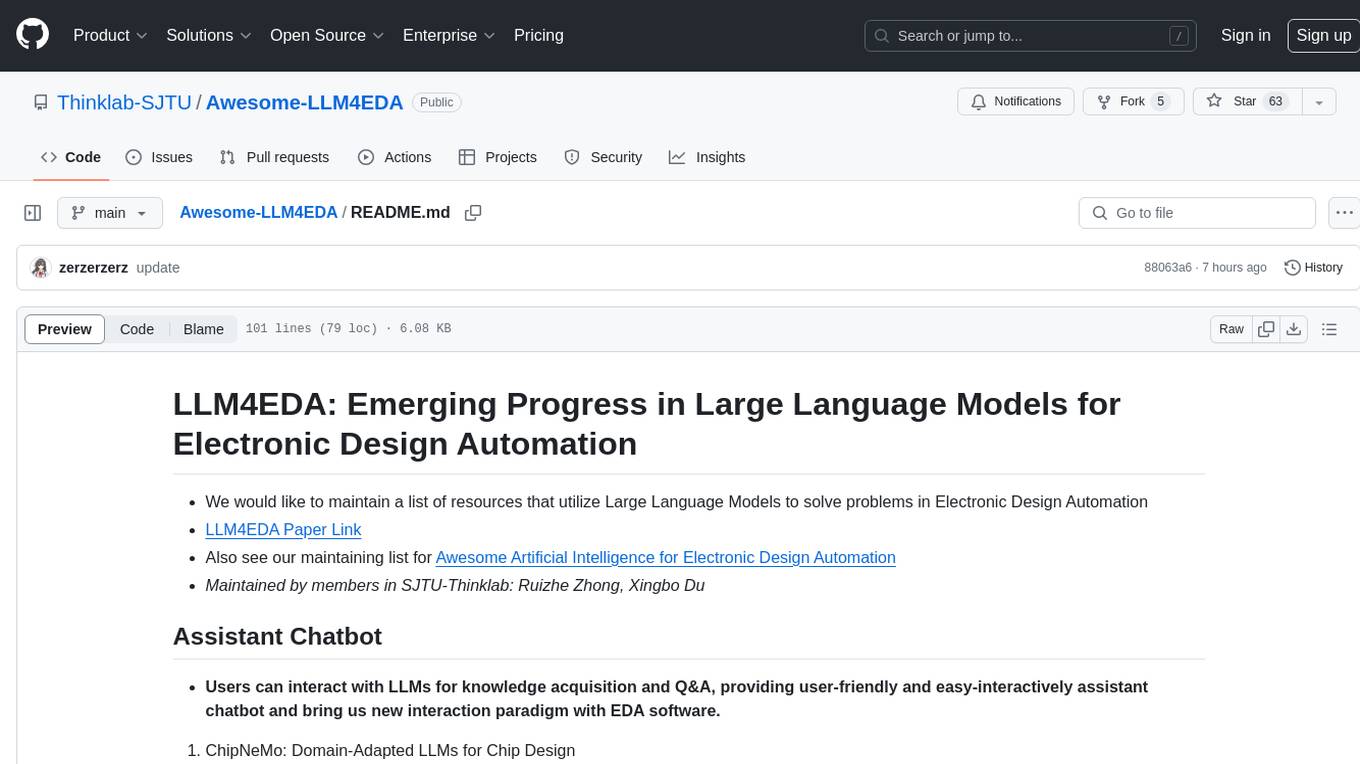
Awesome-LLM4EDA
LLM4EDA is a repository dedicated to showcasing the emerging progress in utilizing Large Language Models for Electronic Design Automation. The repository includes resources, papers, and tools that leverage LLMs to solve problems in EDA. It covers a wide range of applications such as knowledge acquisition, code generation, code analysis, verification, and large circuit models. The goal is to provide a comprehensive understanding of how LLMs can revolutionize the EDA industry by offering innovative solutions and new interaction paradigms.
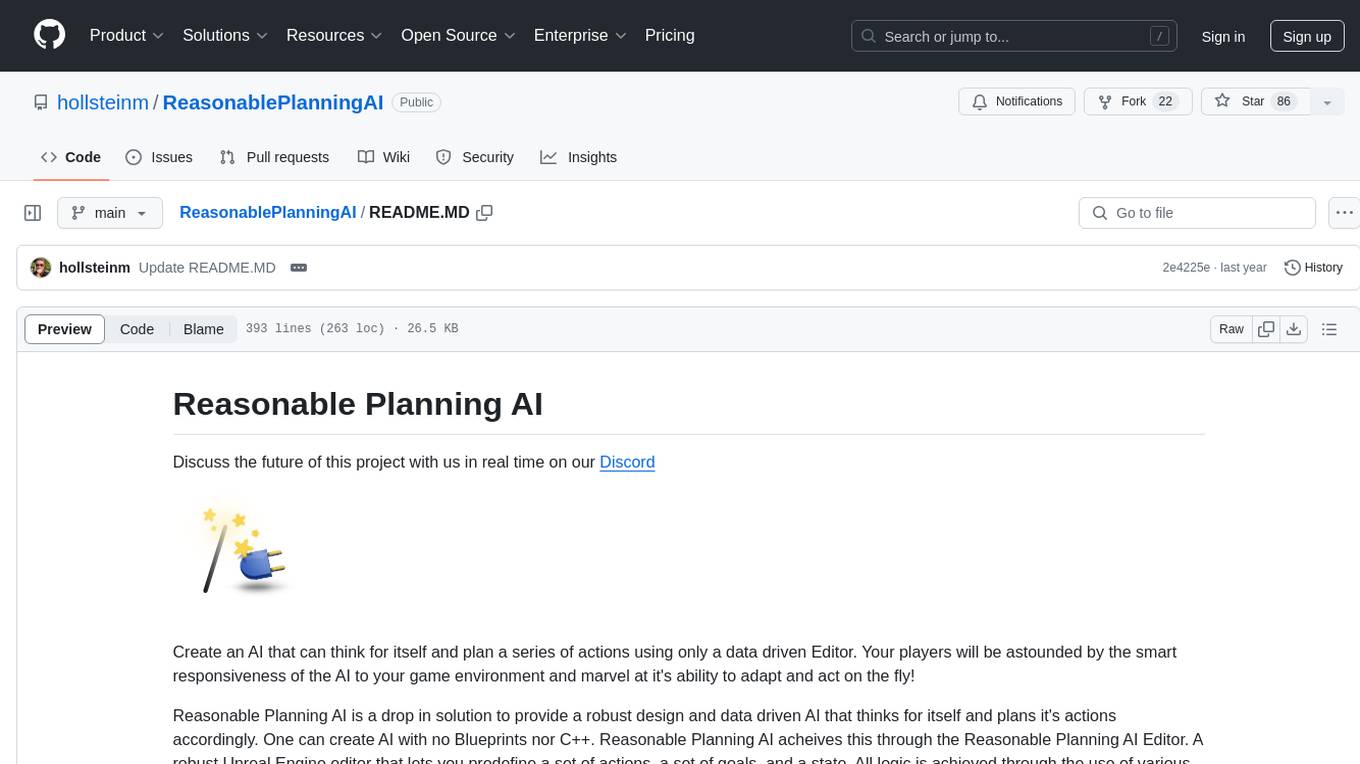
ReasonablePlanningAI
Reasonable Planning AI is a robust design and data-driven AI solution for game developers. It provides an AI Editor that allows creating AI without Blueprints or C++. The AI can think for itself, plan actions, adapt to the game environment, and act dynamically. It consists of Core components like RpaiGoalBase, RpaiActionBase, RpaiPlannerBase, RpaiReasonerBase, and RpaiBrainComponent, as well as Composer components for easier integration by Game Designers. The tool is extensible, cross-compatible with Behavior Trees, and offers debugging features like visual logging and heuristics testing. It follows a simple path of execution and supports versioning for stability and compatibility with Unreal Engine versions.
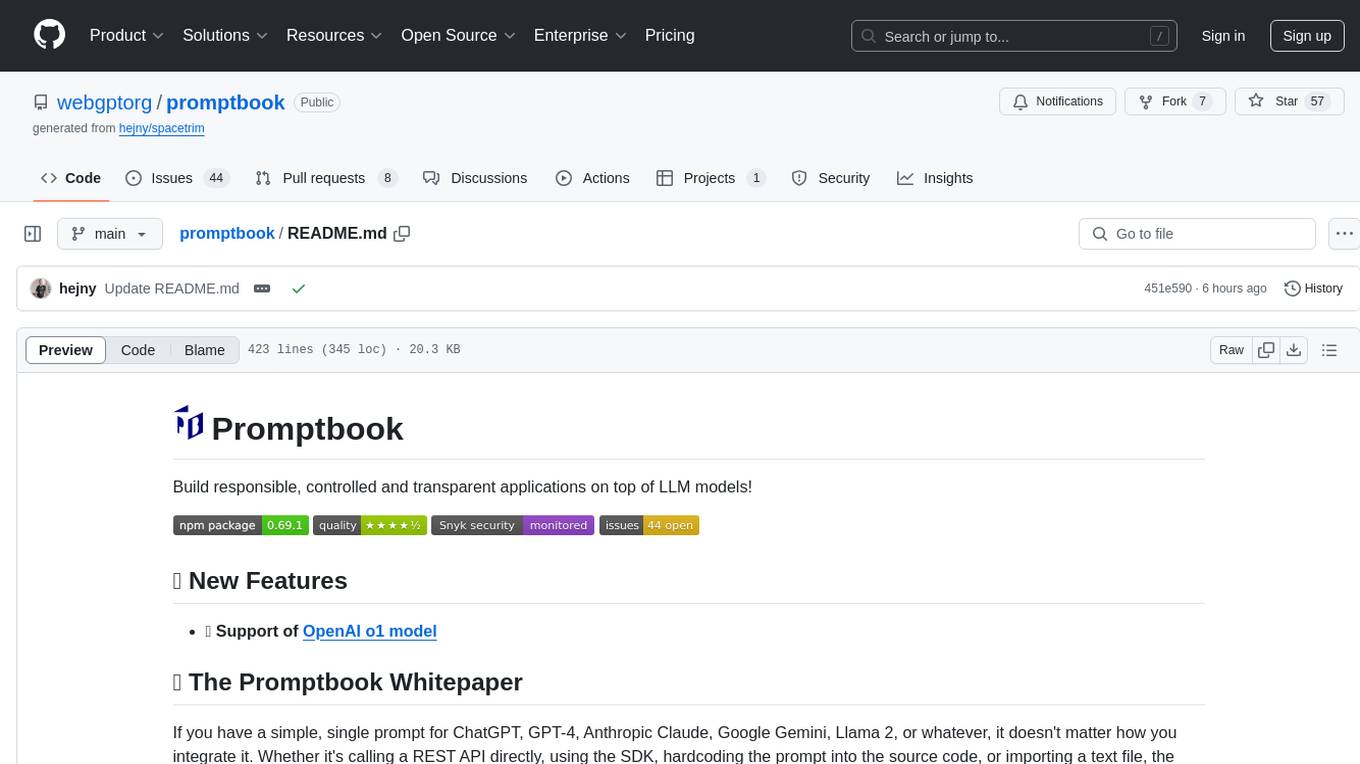
promptbook
Promptbook is a library designed to build responsible, controlled, and transparent applications on top of large language models (LLMs). It helps users overcome limitations of LLMs like hallucinations, off-topic responses, and poor quality output by offering features such as fine-tuning models, prompt-engineering, and orchestrating multiple prompts in a pipeline. The library separates concerns, establishes a common format for prompt business logic, and handles low-level details like model selection and context size. It also provides tools for pipeline execution, caching, fine-tuning, anomaly detection, and versioning. Promptbook supports advanced techniques like Retrieval-Augmented Generation (RAG) and knowledge utilization to enhance output quality.
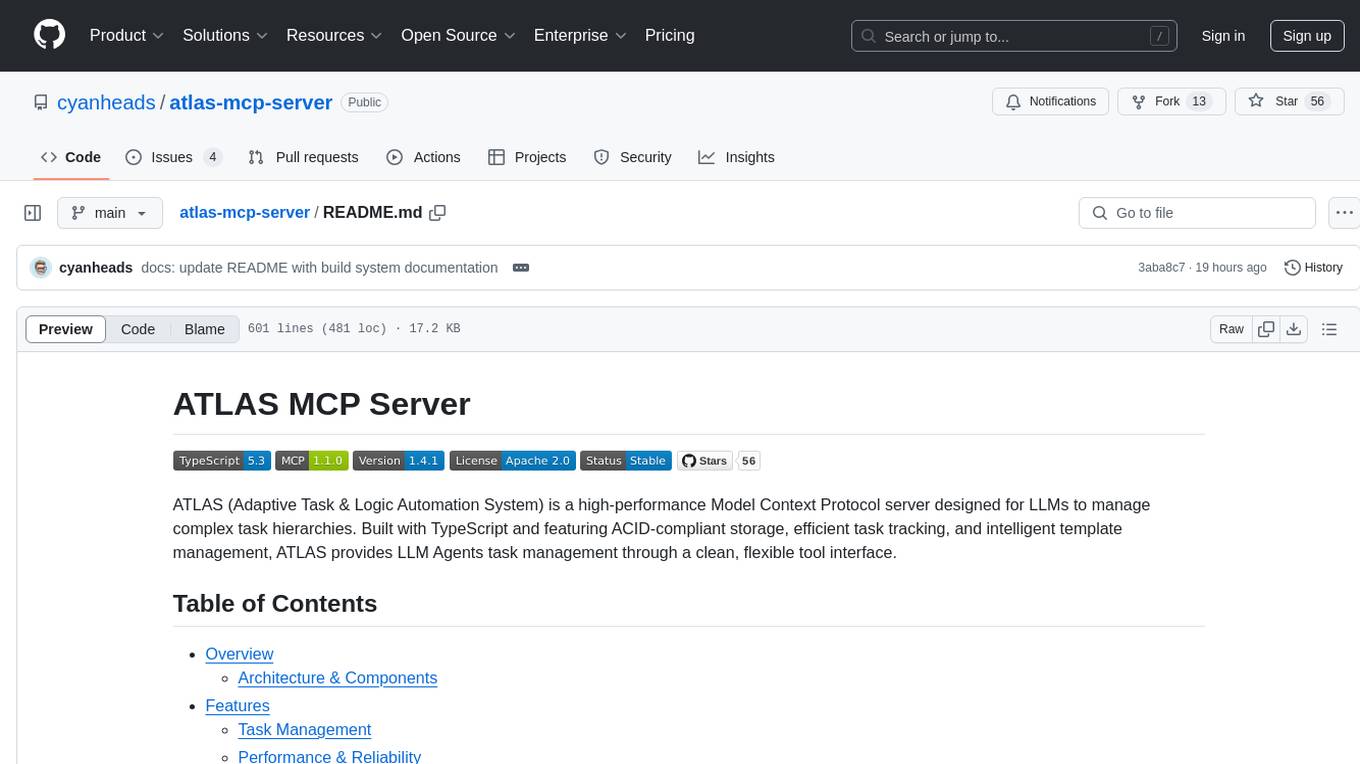
atlas-mcp-server
ATLAS (Adaptive Task & Logic Automation System) is a high-performance Model Context Protocol server designed for LLMs to manage complex task hierarchies. Built with TypeScript, it features ACID-compliant storage, efficient task tracking, and intelligent template management. ATLAS provides LLM Agents task management through a clean, flexible tool interface. The server implements the Model Context Protocol (MCP) for standardized communication between LLMs and external systems, offering hierarchical task organization, task state management, smart templates, enterprise features, and performance optimization.
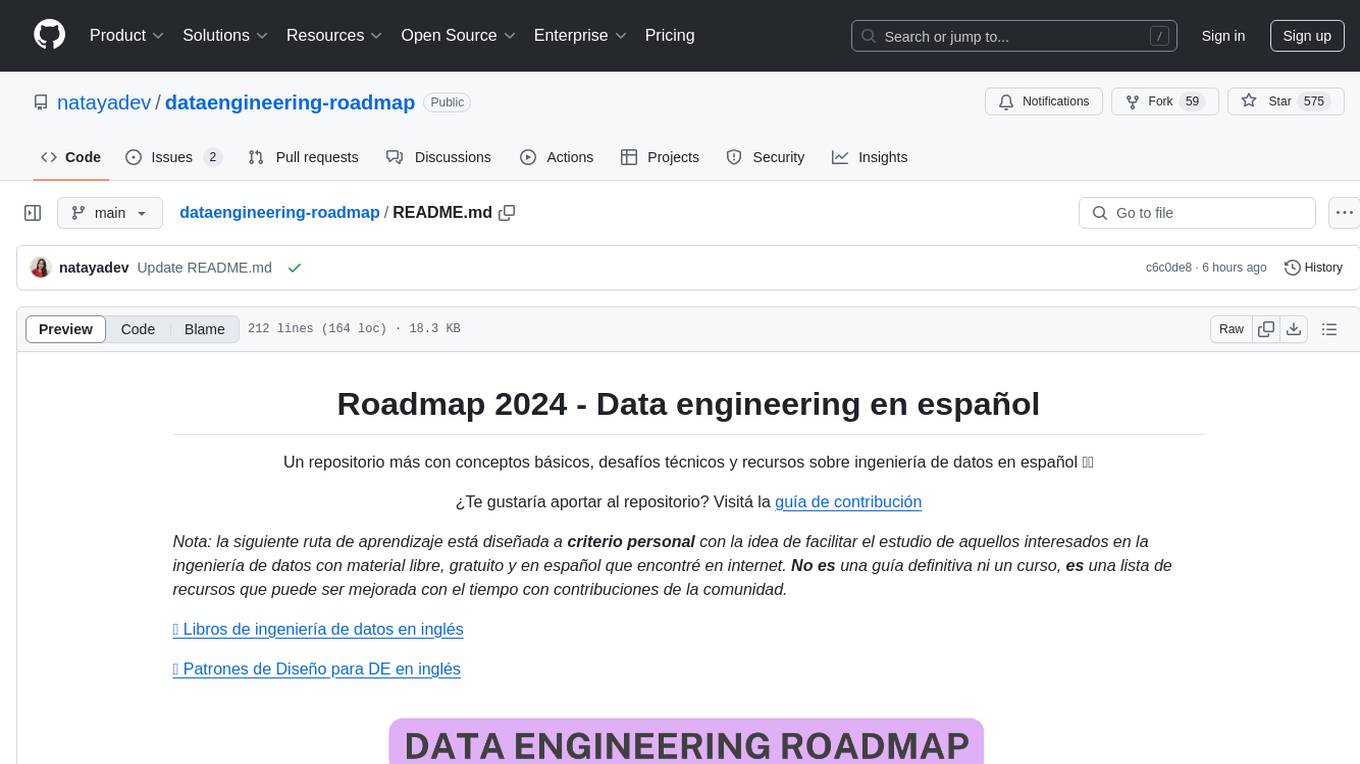
dataengineering-roadmap
A repository providing basic concepts, technical challenges, and resources on data engineering in Spanish. It is a curated list of free, Spanish-language materials found on the internet to facilitate the study of data engineering enthusiasts. The repository covers programming fundamentals, programming languages like Python, version control with Git, database fundamentals, SQL, design concepts, Big Data, analytics, cloud computing, data processing, and job search tips in the IT field.

CushyStudio
CushyStudio is a generative AI platform designed for creatives of any level to effortlessly create stunning images, videos, and 3D models. It offers CushyApps, a collection of visual tools tailored for different artistic tasks, and CushyKit, an extensive toolkit for custom apps development and task automation. Users can dive into the AI revolution, unleash their creativity, share projects, and connect with a vibrant community. The platform aims to simplify the AI art creation process and provide a user-friendly environment for designing interfaces, adding custom logic, and accessing various tools.
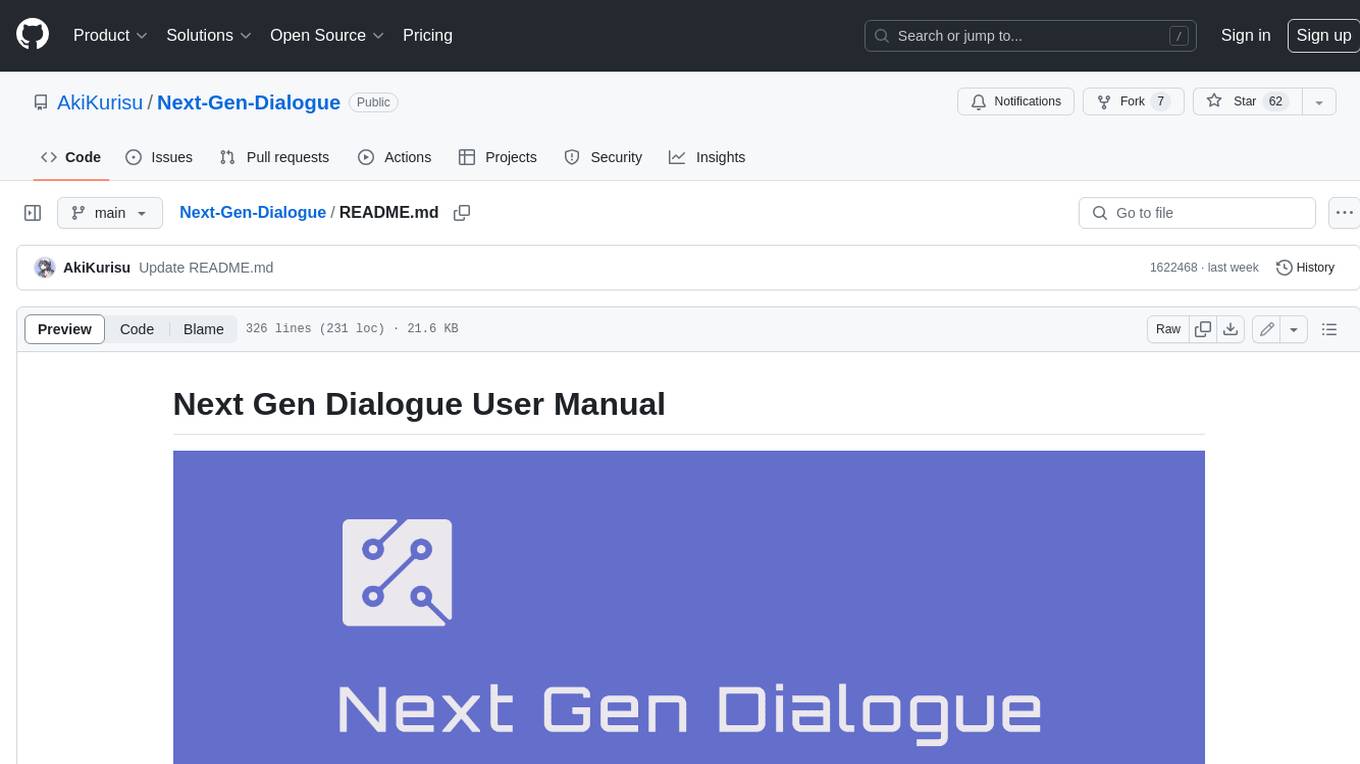
Next-Gen-Dialogue
Next Gen Dialogue is a Unity dialogue plugin that combines traditional dialogue design with AI techniques. It features a visual dialogue editor, modular dialogue functions, AIGC support for generating dialogue at runtime, AIGC baking dialogue in Editor, and runtime debugging. The plugin aims to provide an experimental approach to dialogue design using large language models. Users can create dialogue trees, generate dialogue content using AI, and bake dialogue content in advance. The tool also supports localization, VITS speech synthesis, and one-click translation. Users can create dialogue by code using the DialogueSystem and DialogueTree components.
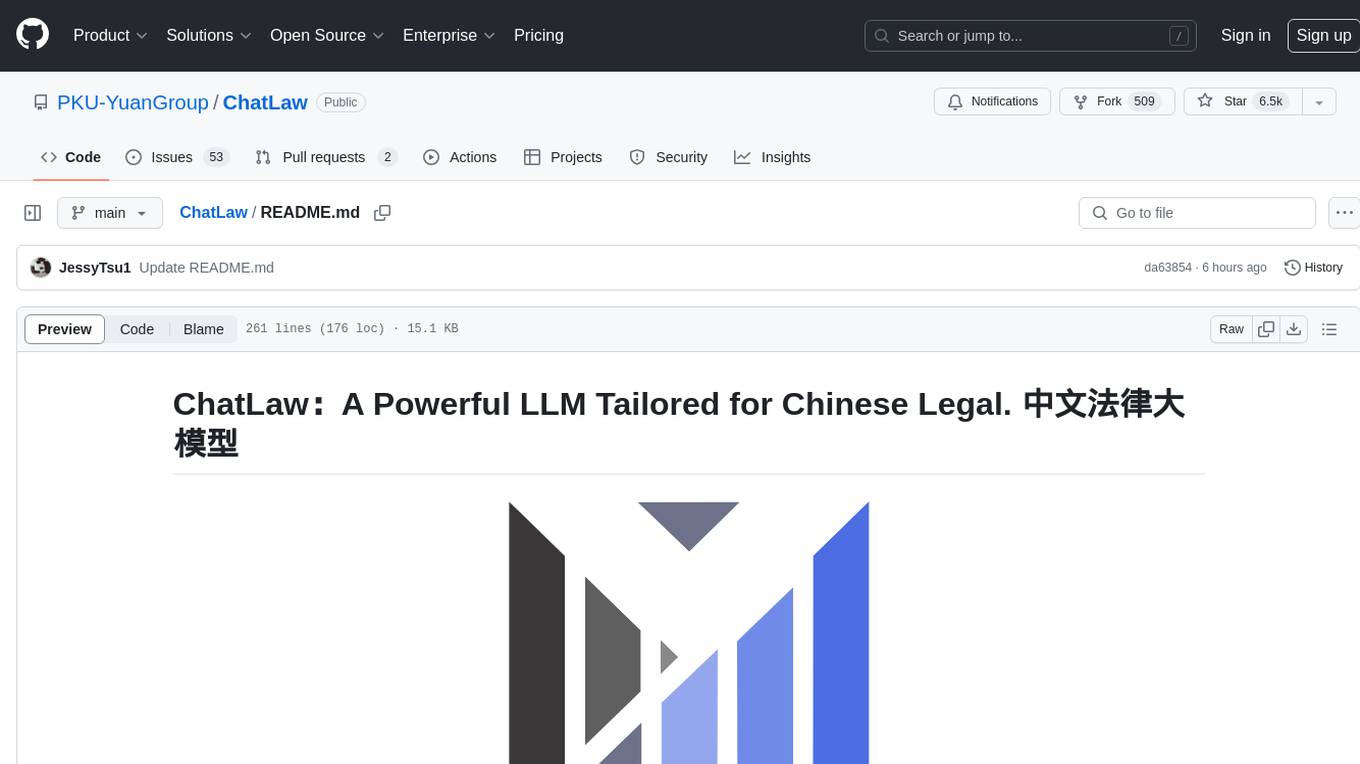
ChatLaw
ChatLaw is an open-source legal large language model tailored for Chinese legal scenarios. It aims to combine LLM and knowledge bases to provide solutions for legal scenarios. The models include ChatLaw-13B and ChatLaw-33B, trained on various legal texts to construct dialogue data. The project focuses on improving logical reasoning abilities and plans to train models with parameters exceeding 30B for better performance. The dataset consists of forum posts, news, legal texts, judicial interpretations, legal consultations, exam questions, and court judgments, cleaned and enhanced to create dialogue data. The tool is designed to assist in legal tasks requiring complex logical reasoning, with a focus on accuracy and reliability.
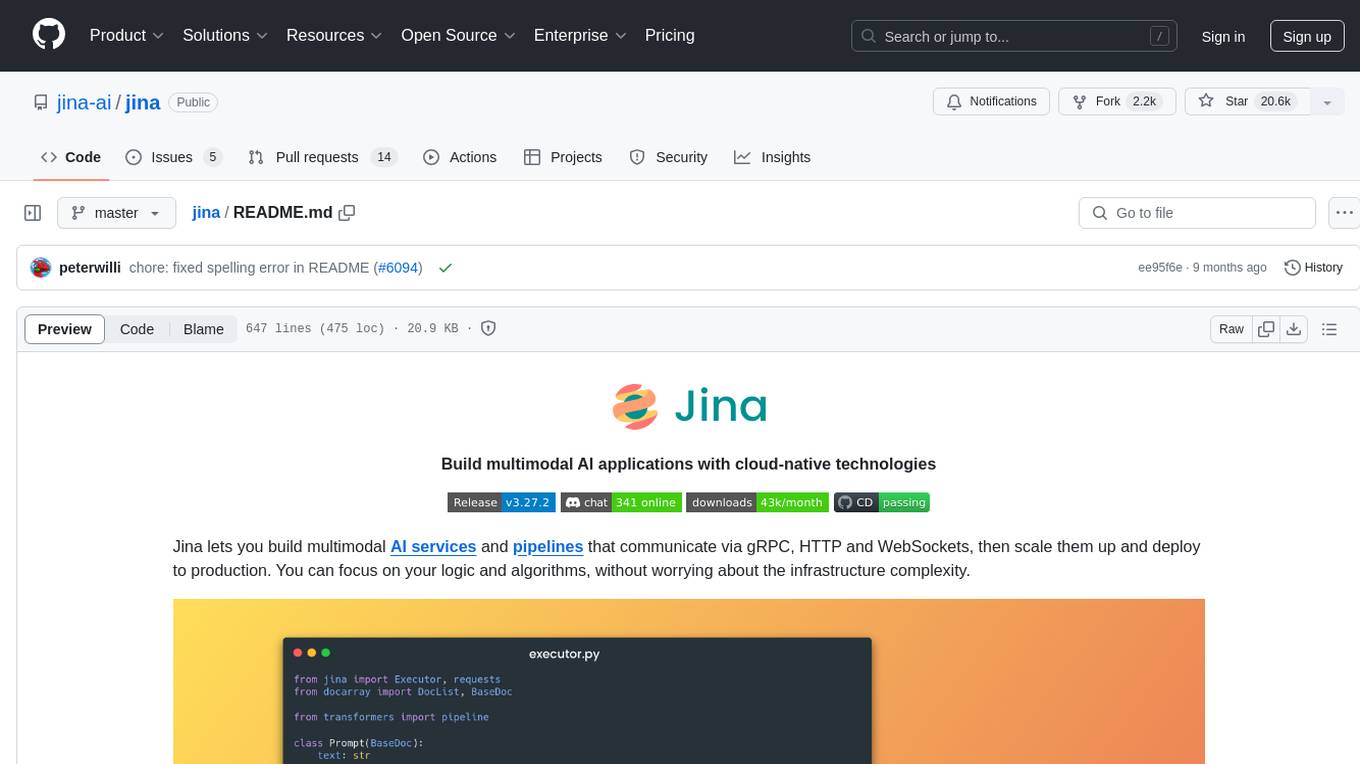
jina
Jina is a tool that allows users to build multimodal AI services and pipelines using cloud-native technologies. It provides a Pythonic experience for serving ML models and transitioning from local deployment to advanced orchestration frameworks like Docker-Compose, Kubernetes, or Jina AI Cloud. Users can build and serve models for any data type and deep learning framework, design high-performance services with easy scaling, serve LLM models while streaming their output, integrate with Docker containers via Executor Hub, and host on CPU/GPU using Jina AI Cloud. Jina also offers advanced orchestration and scaling capabilities, a smooth transition to the cloud, and easy scalability and concurrency features for applications. Users can deploy to their own cloud or system with Kubernetes and Docker Compose integration, and even deploy to JCloud for autoscaling and monitoring.
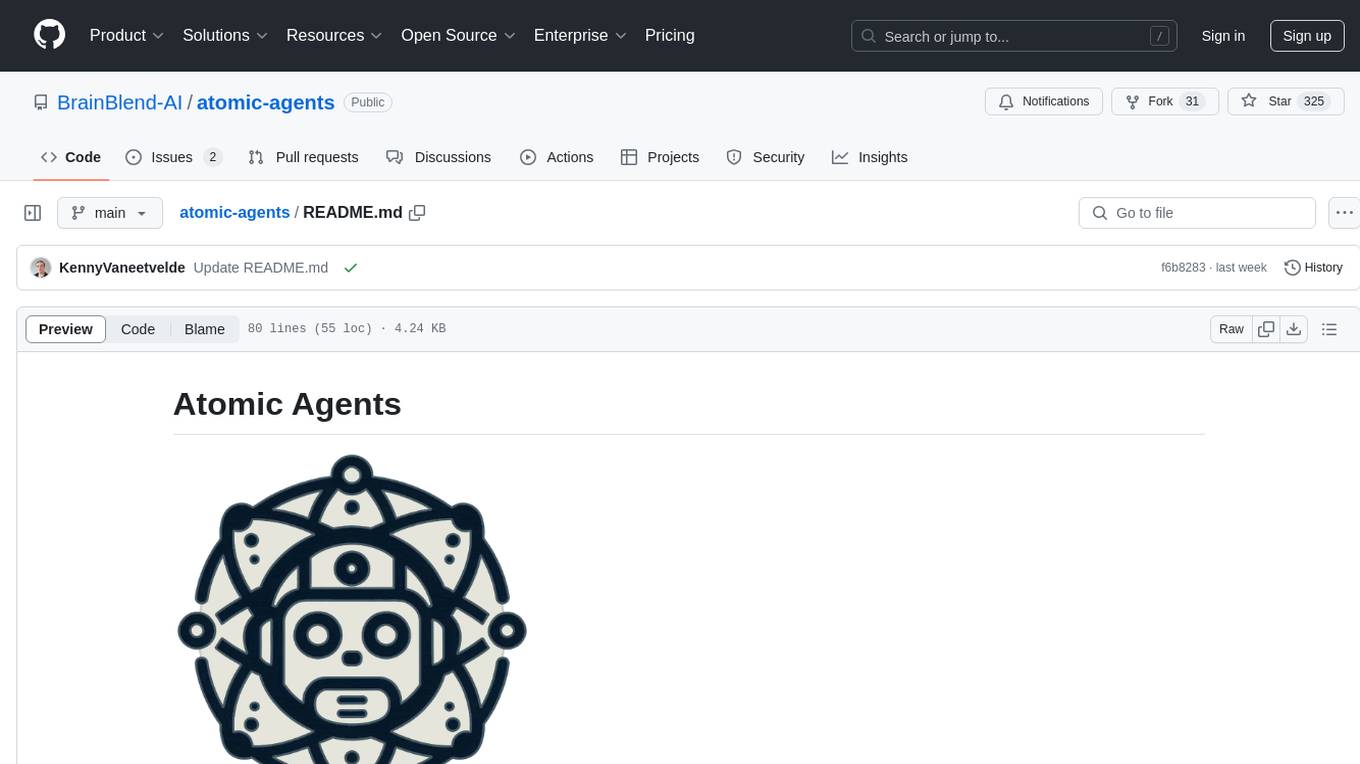
atomic-agents
The Atomic Agents framework is a modular and extensible tool designed for creating powerful applications. It leverages Pydantic for data validation and serialization. The framework follows the principles of Atomic Design, providing small and single-purpose components that can be combined. It integrates with Instructor for AI agent architecture and supports various APIs like Cohere, Anthropic, and Gemini. The tool includes documentation, examples, and testing features to ensure smooth development and usage.
20 - OpenAI Gpts

Unreal Engine Guide
Expert in Unreal Engine 5, skilled in blueprint logic and problem-solving.
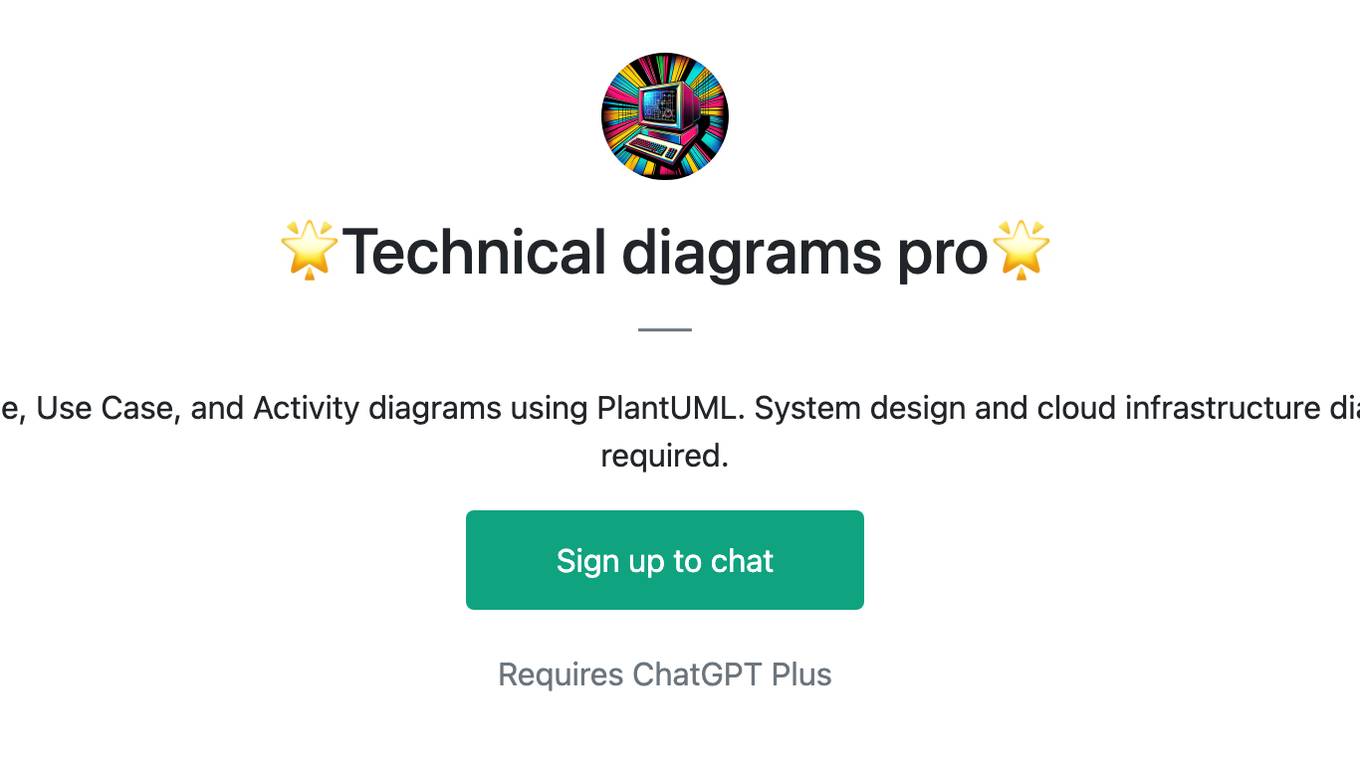
🌟Technical diagrams pro🌟
Create UML for flowcharts, Class, Sequence, Use Case, and Activity diagrams using PlantUML. System design and cloud infrastructure diagrams for AWS, Azue and GCP. No login required.
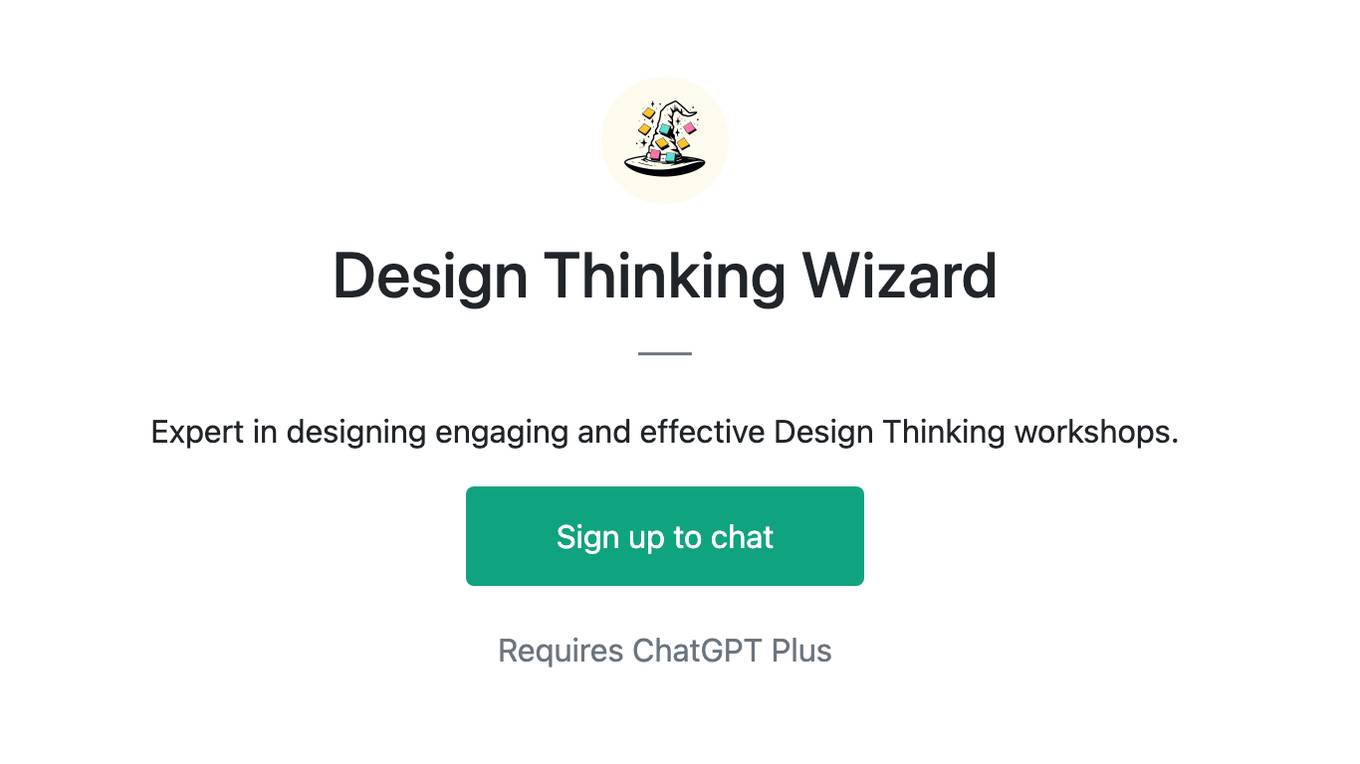
Design Thinking Wizard
Expert in designing engaging and effective Design Thinking workshops.

Design Sprint Coach (beta)
A helpful coach for guiding teams through Design Sprints with a touch of sass.
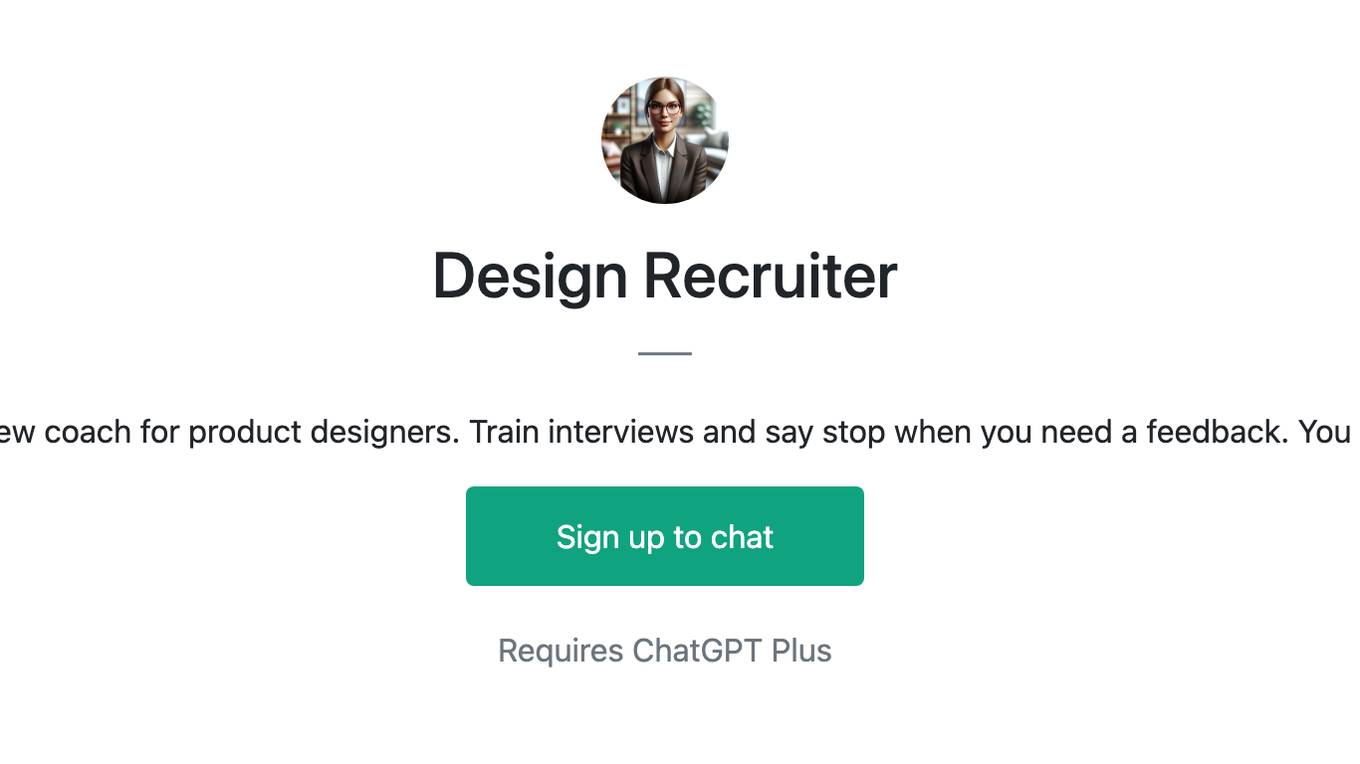
Design Recruiter
Job interview coach for product designers. Train interviews and say stop when you need a feedback. You got this!!
